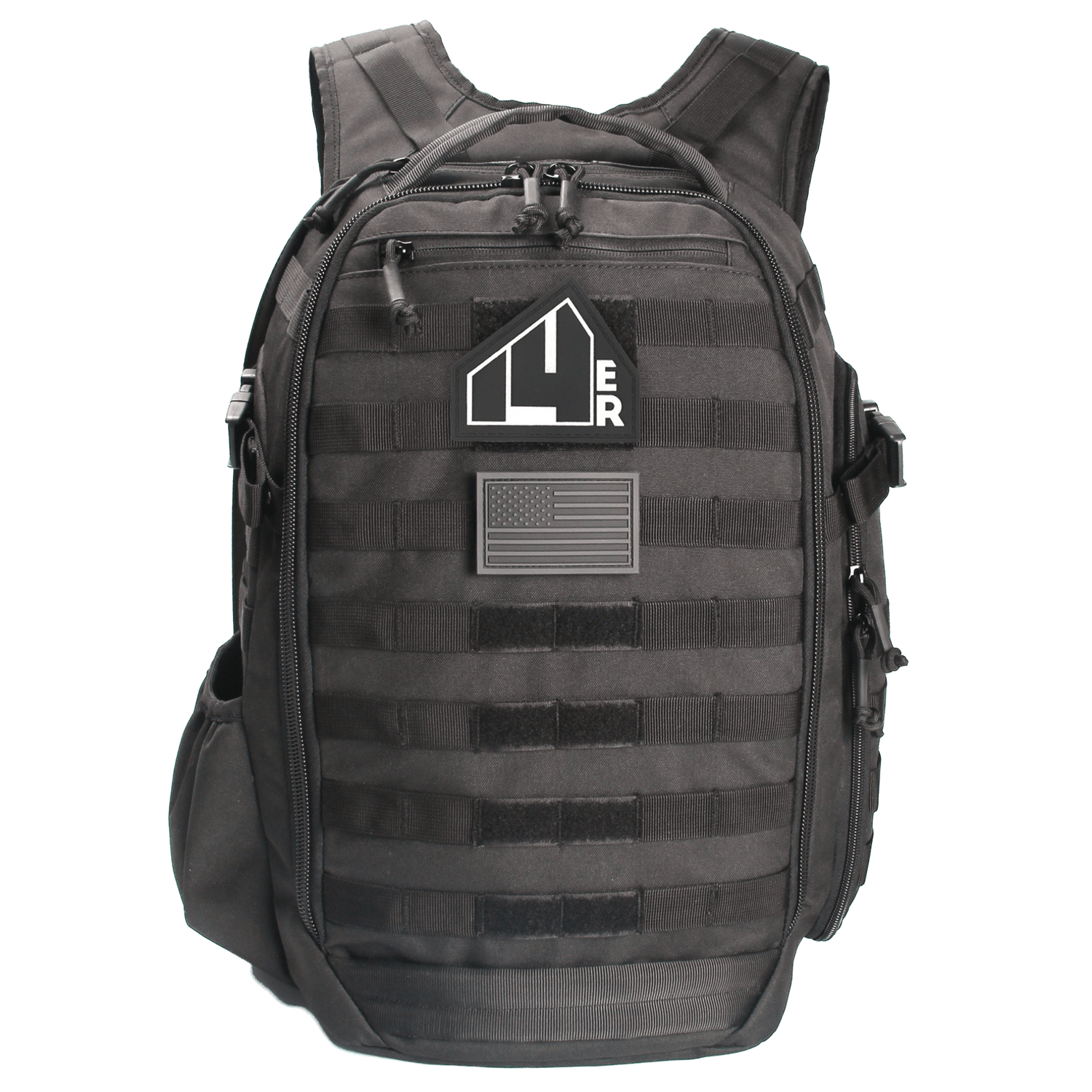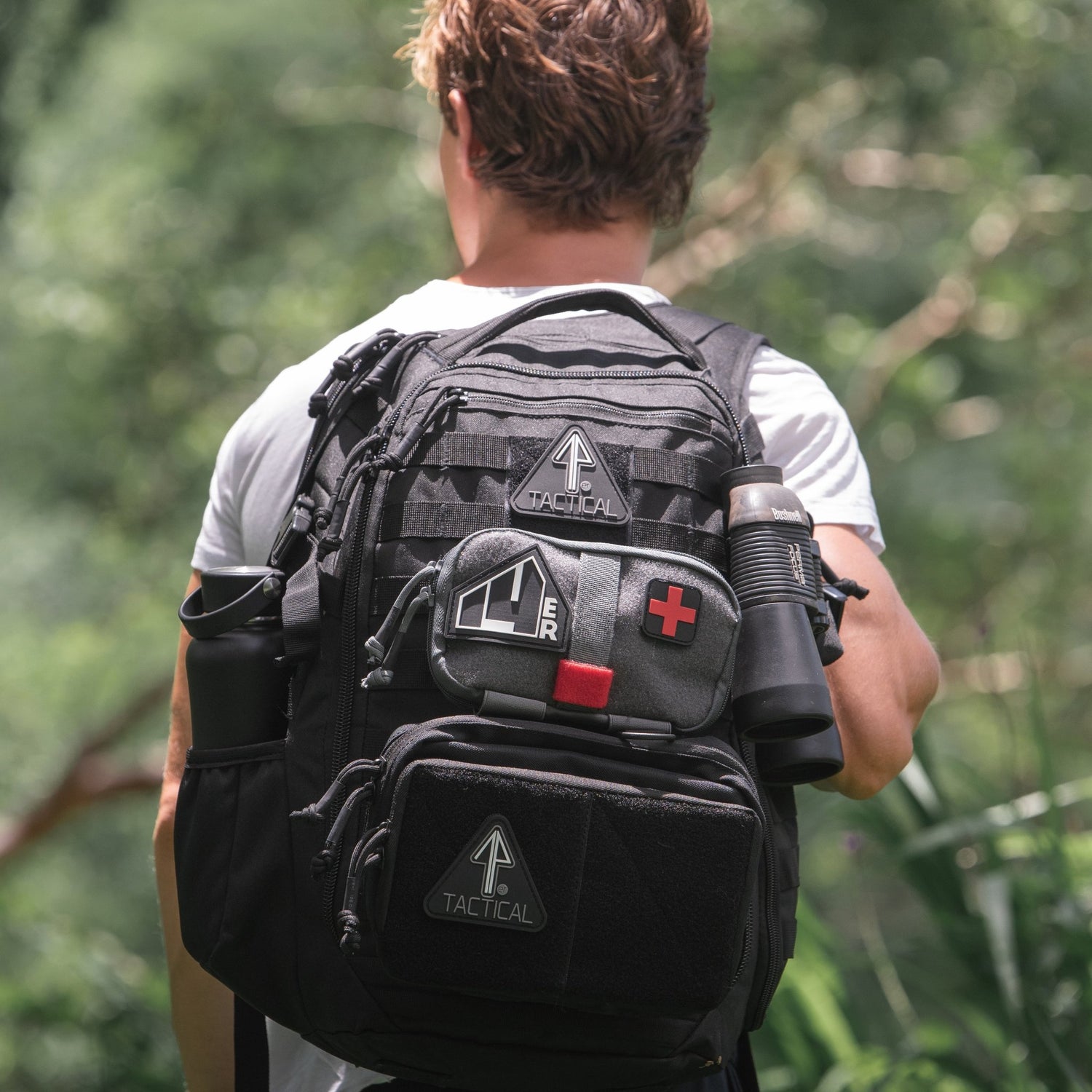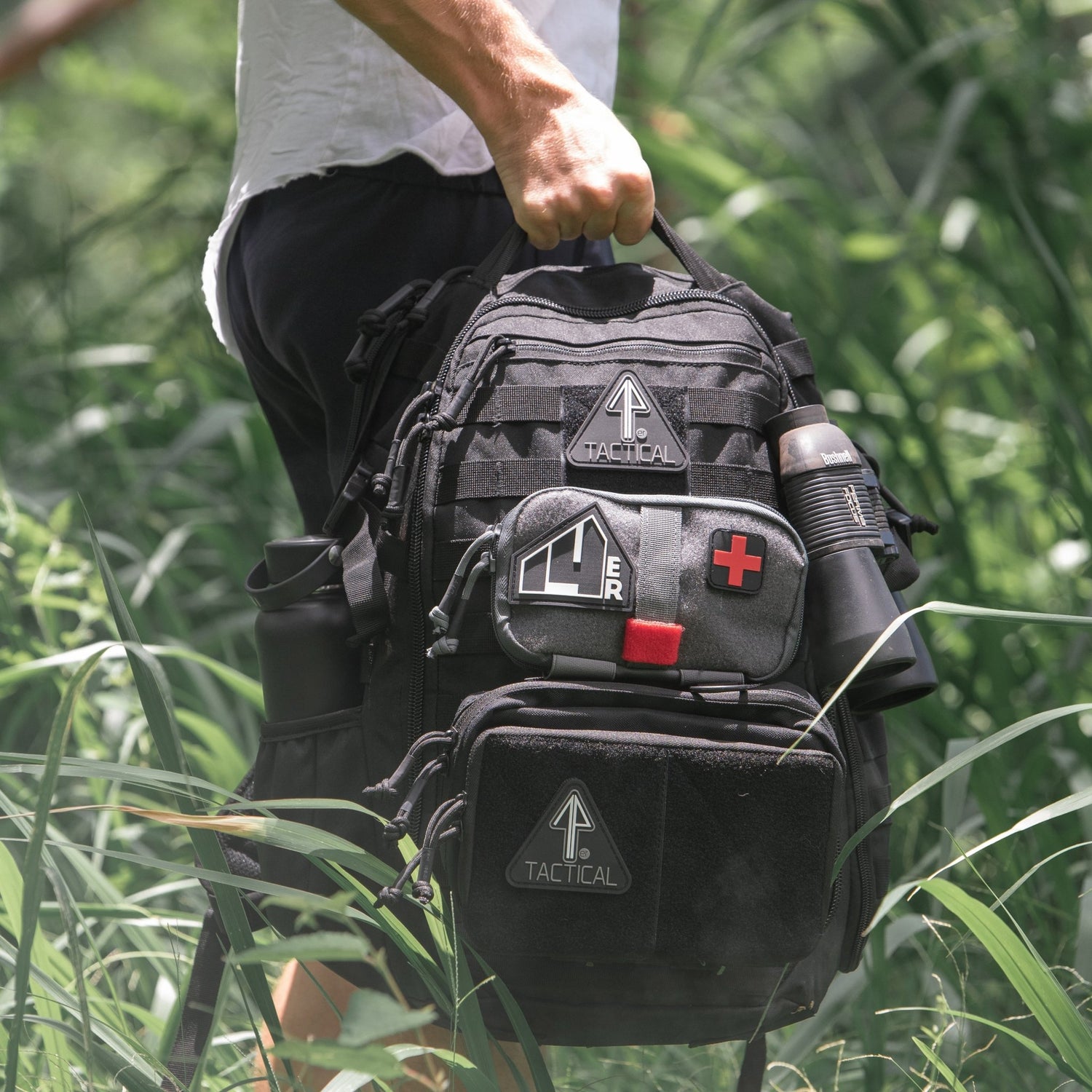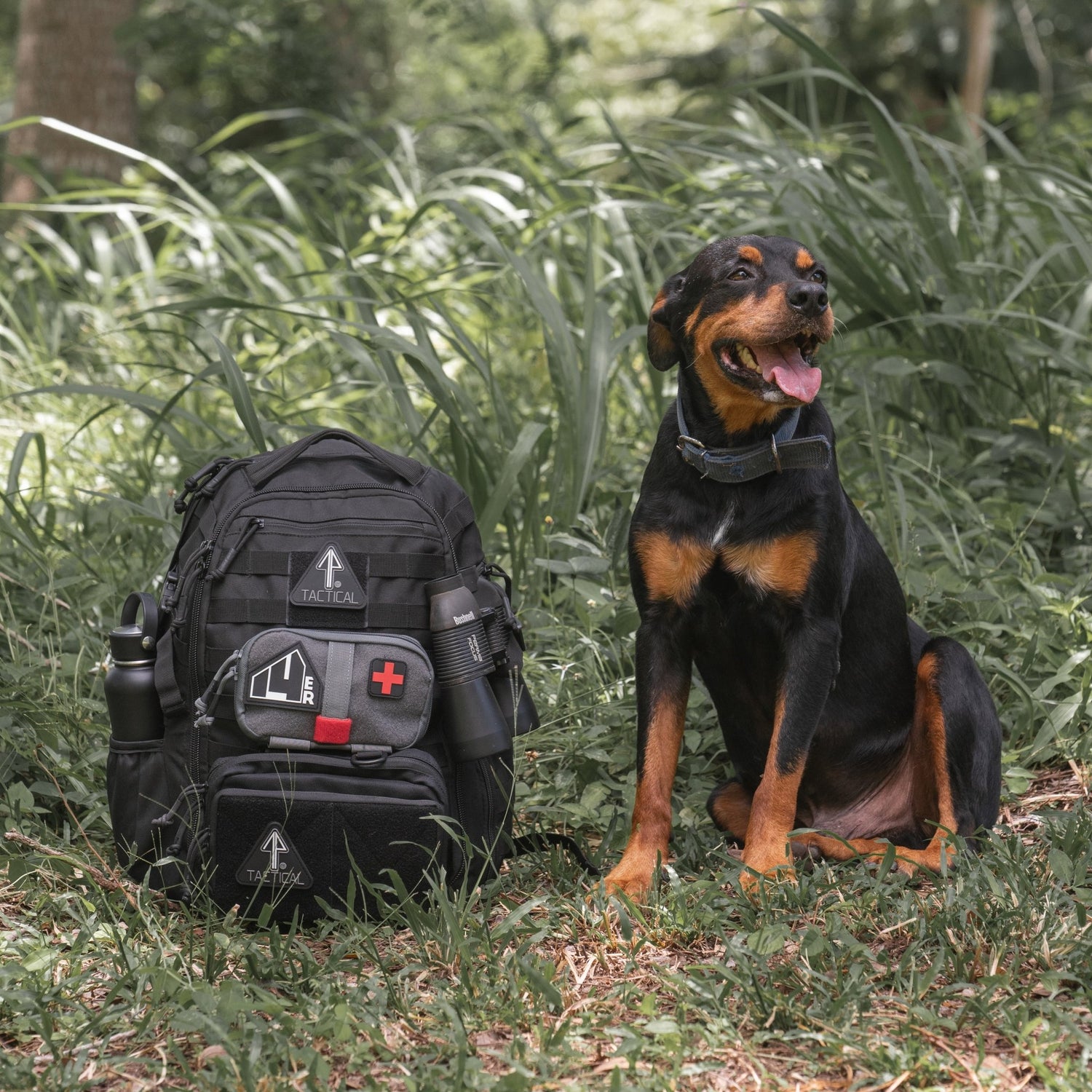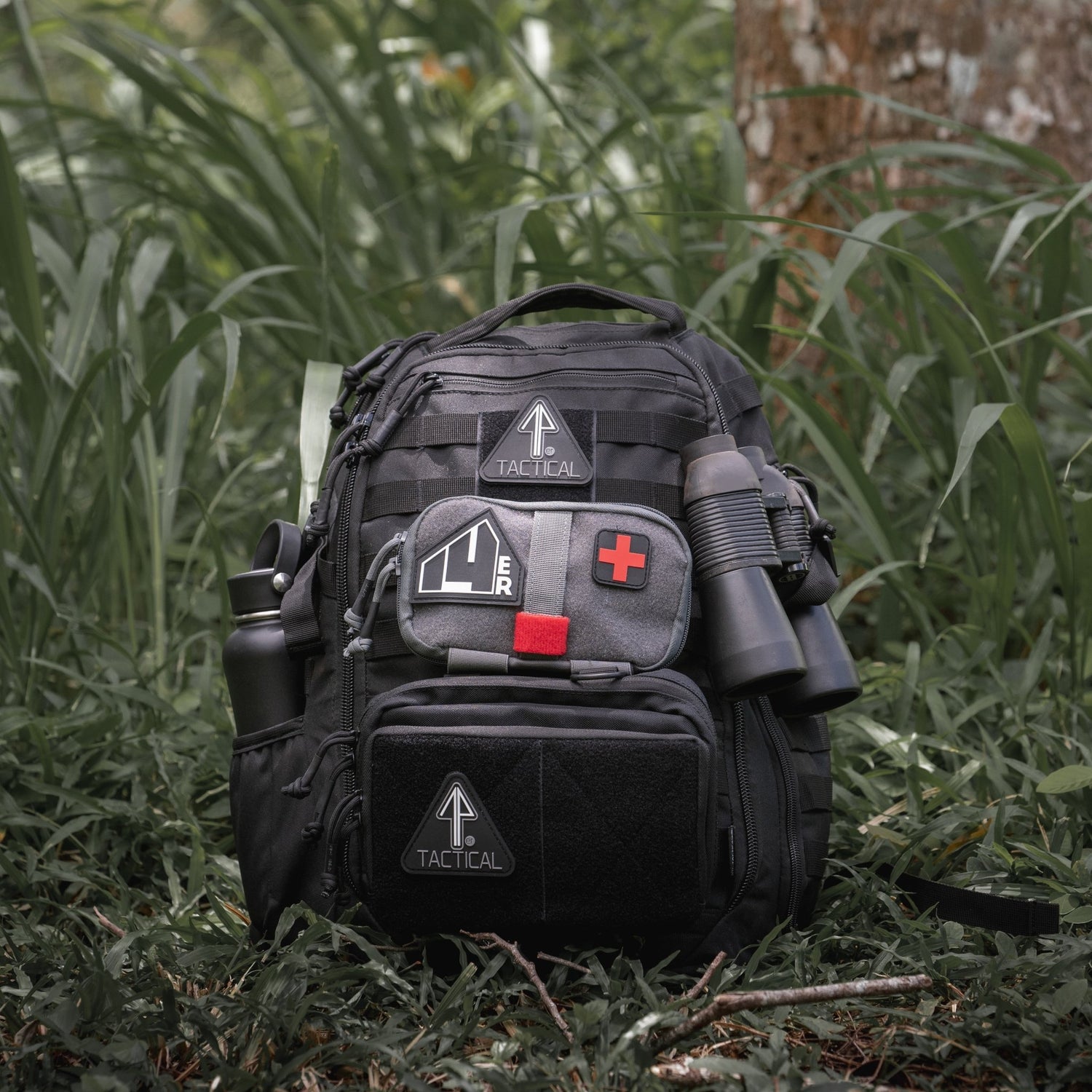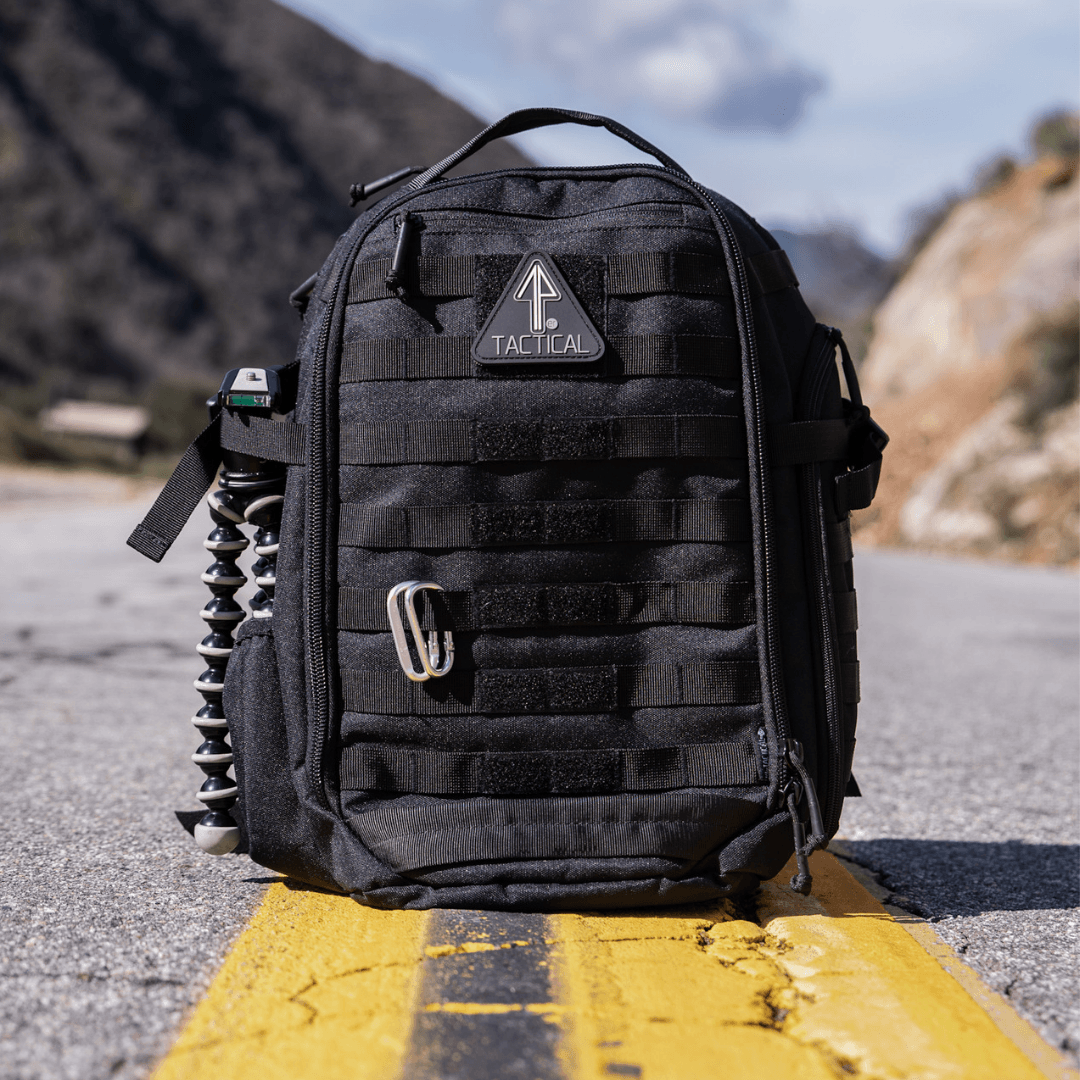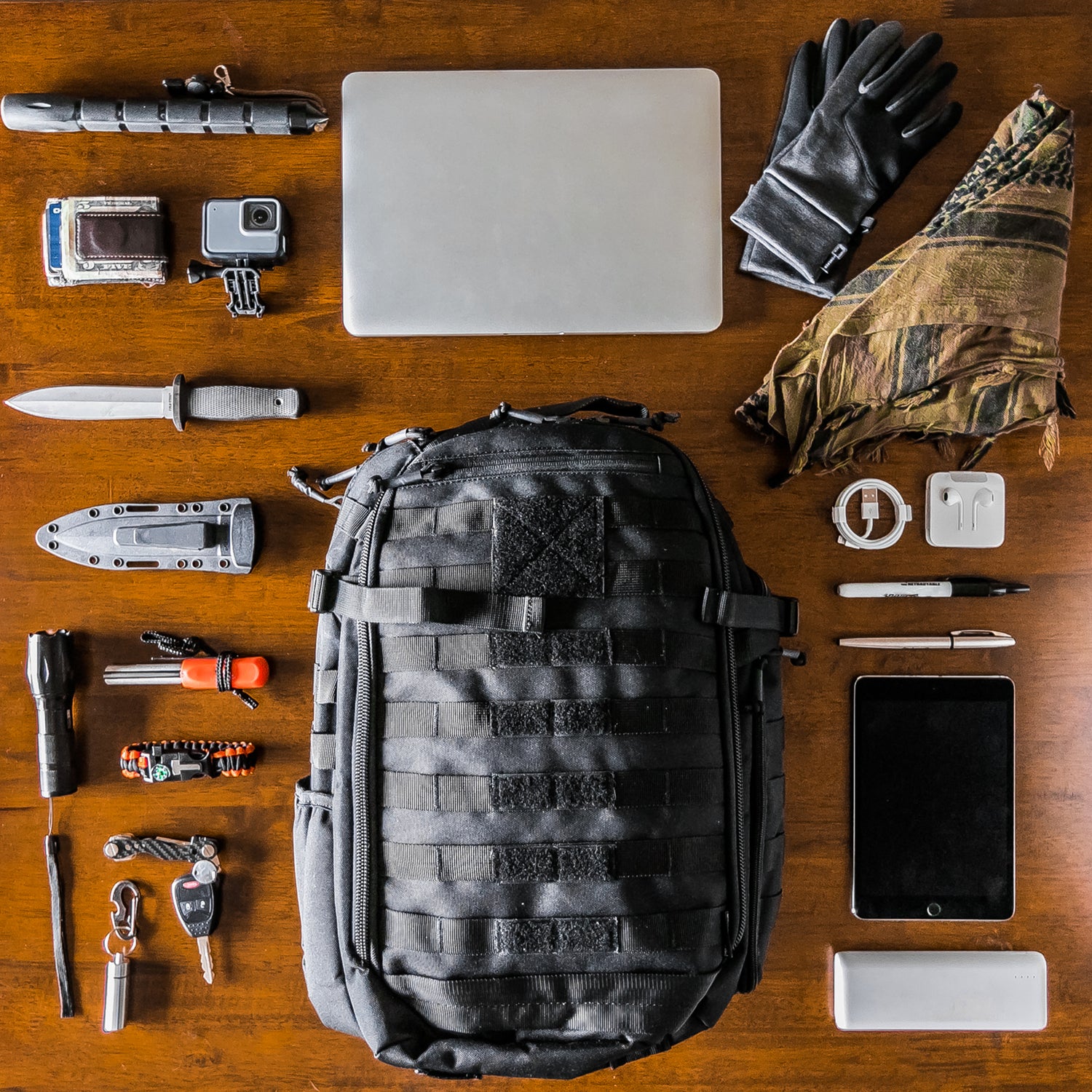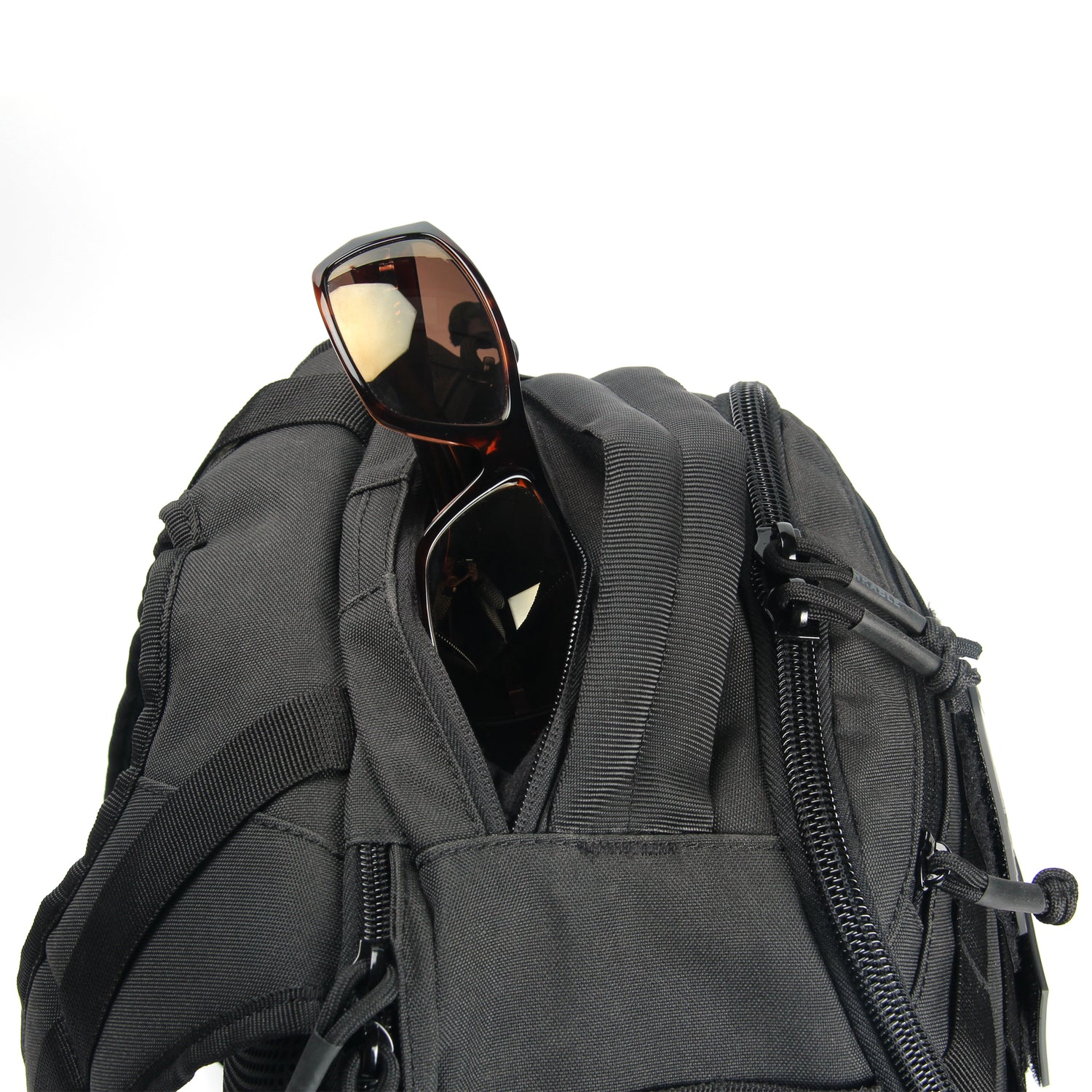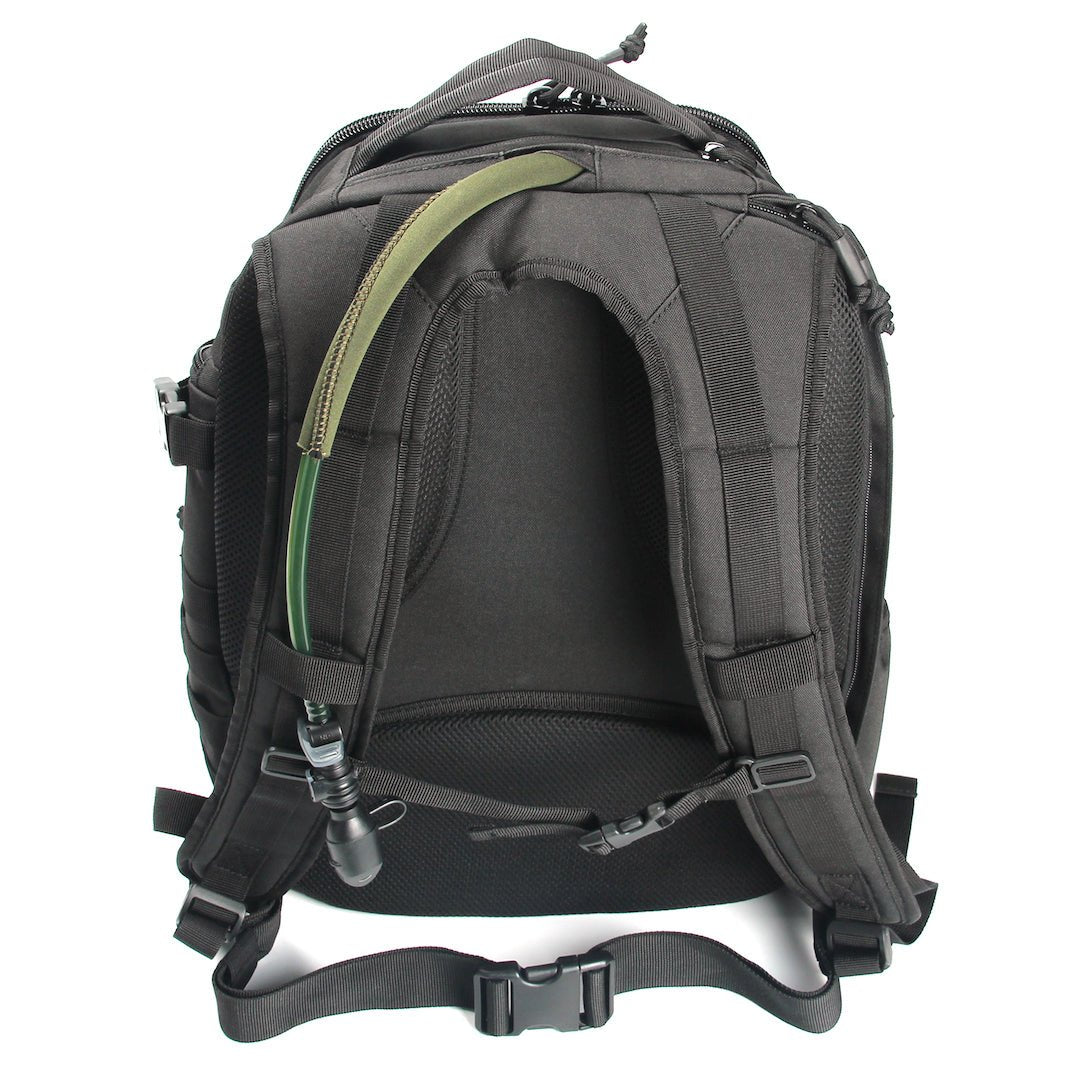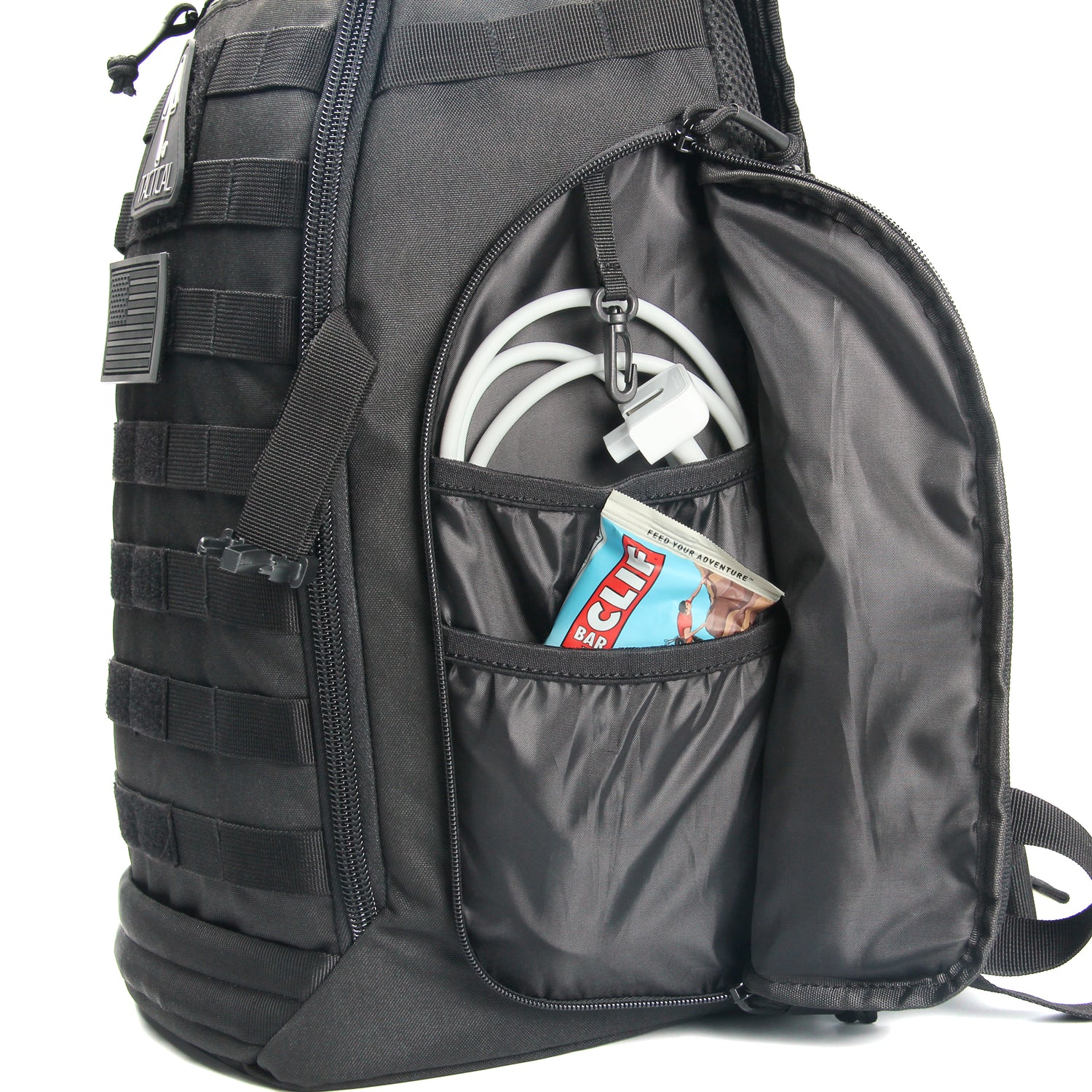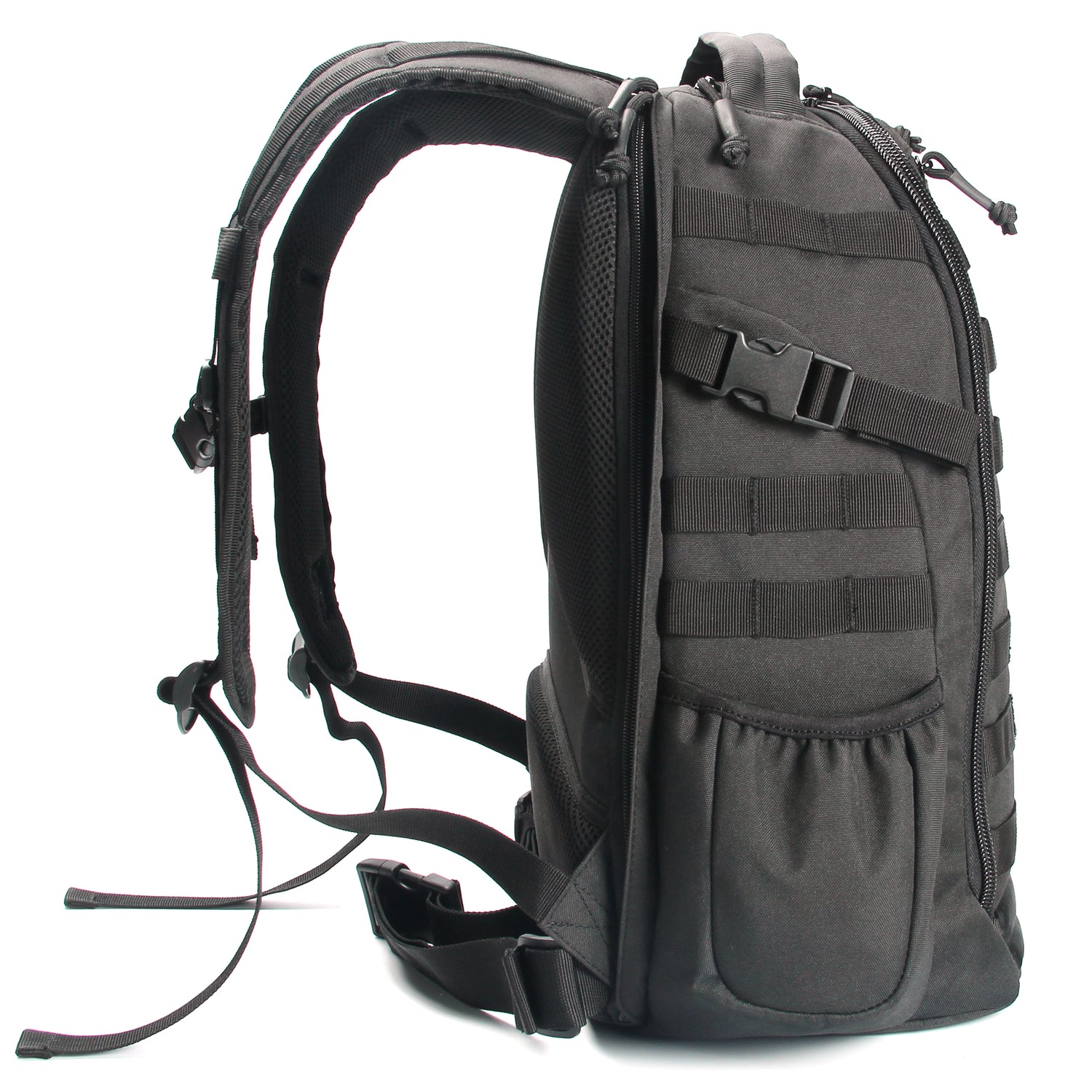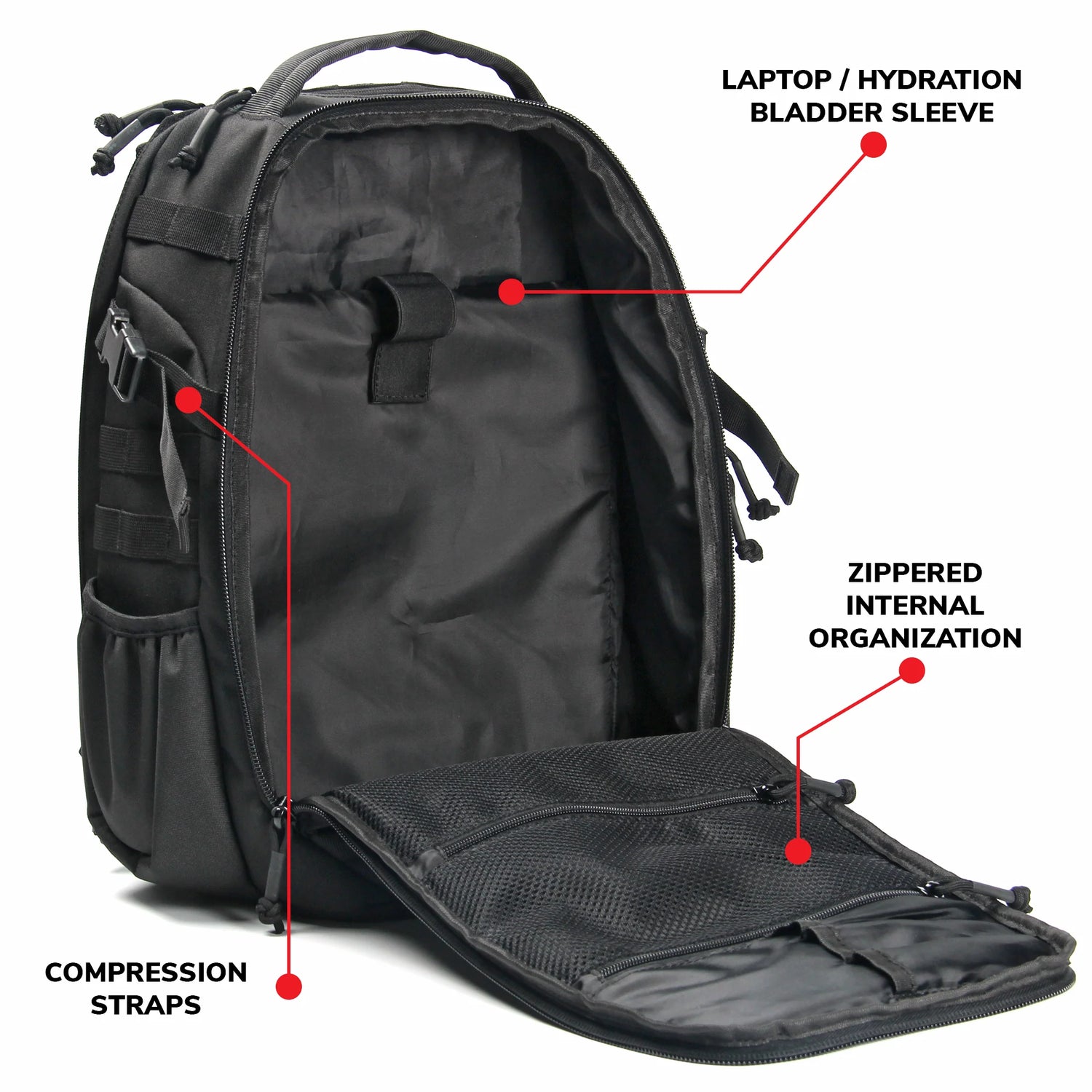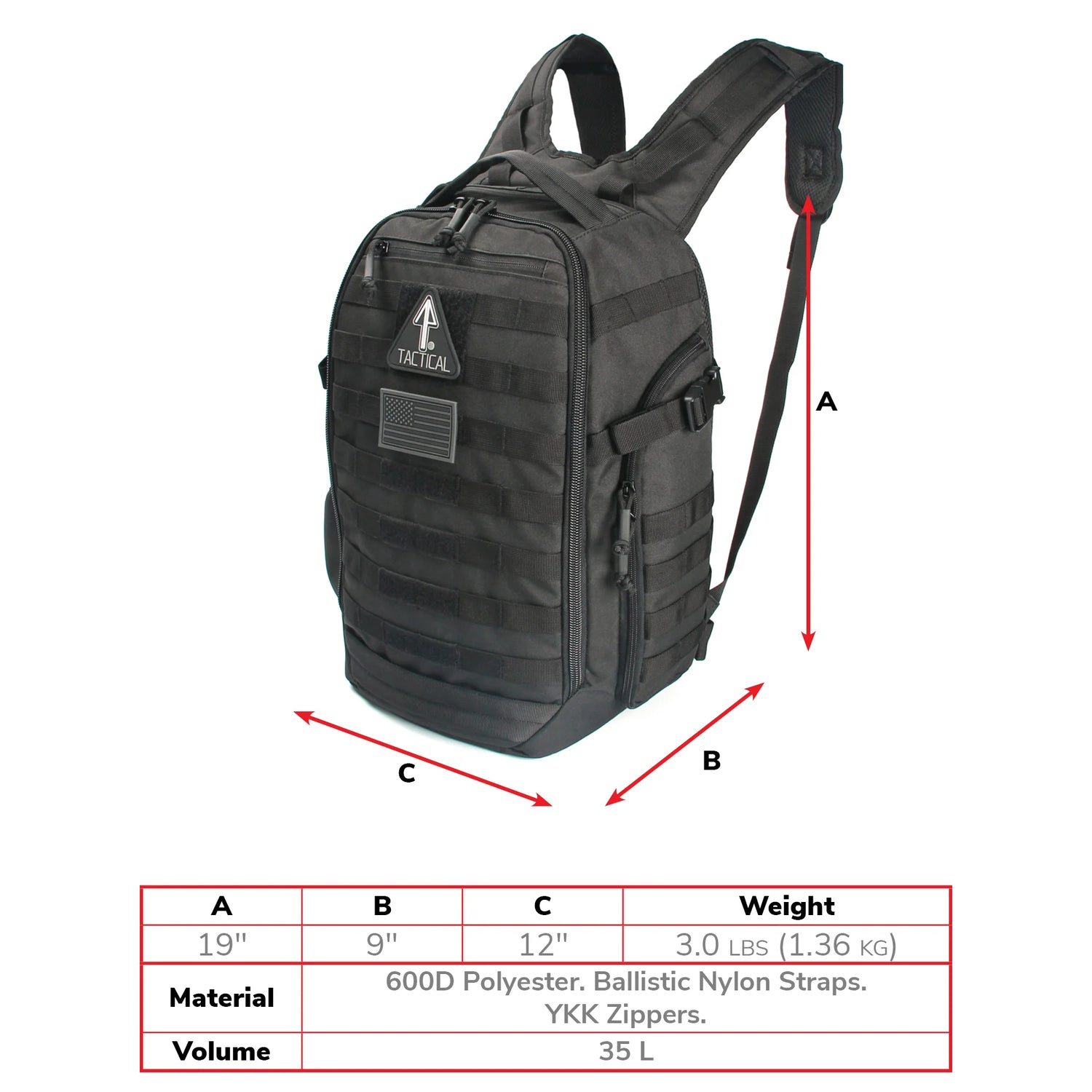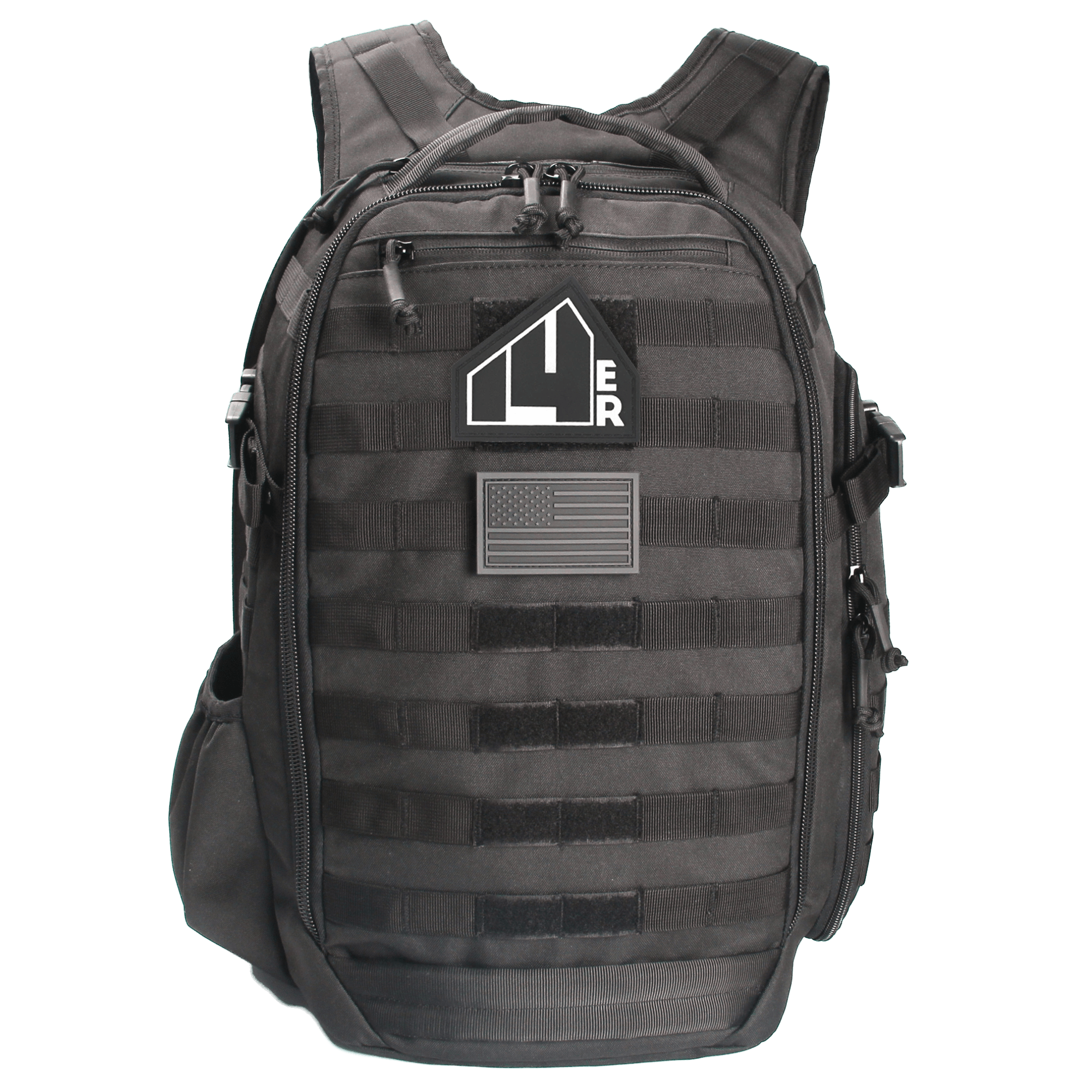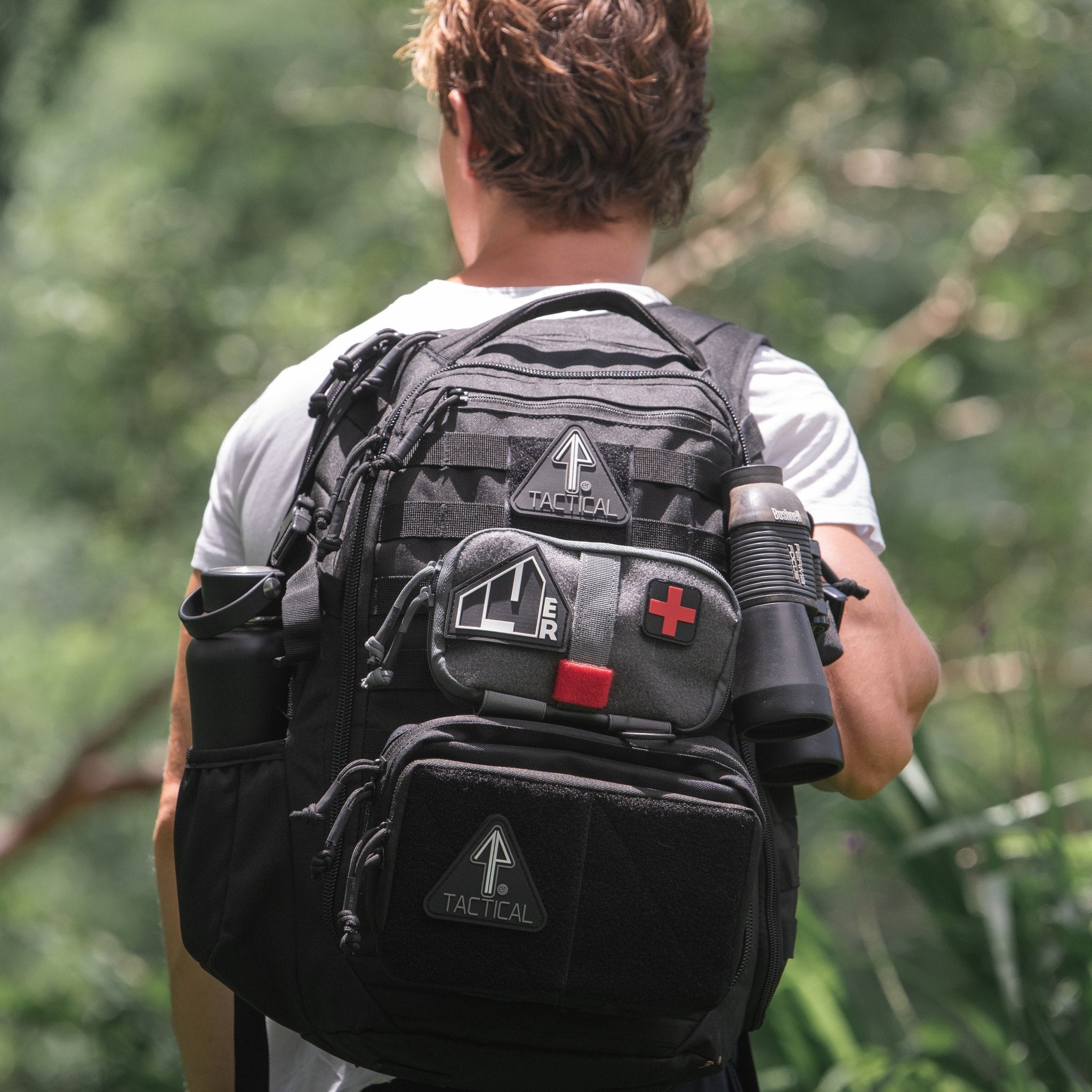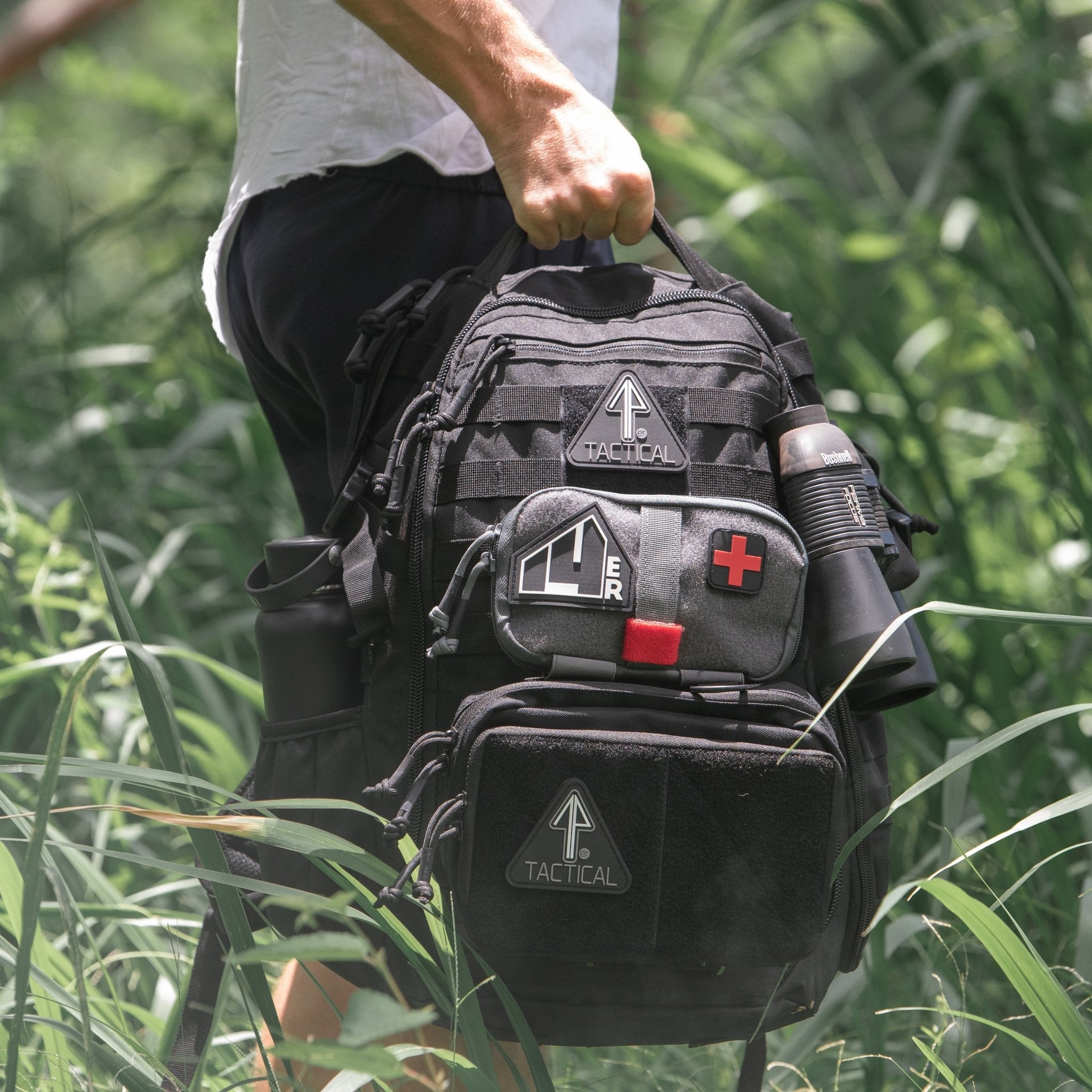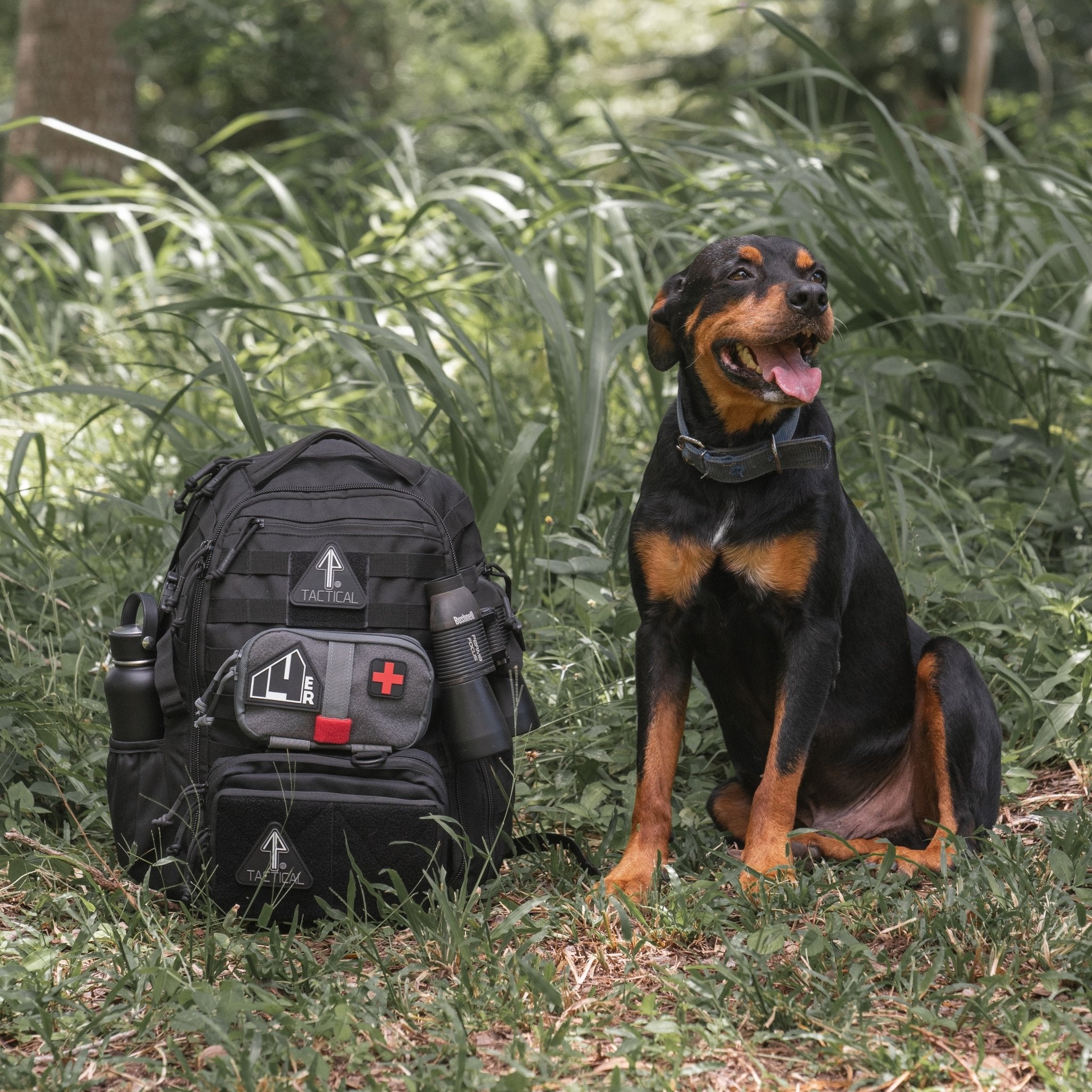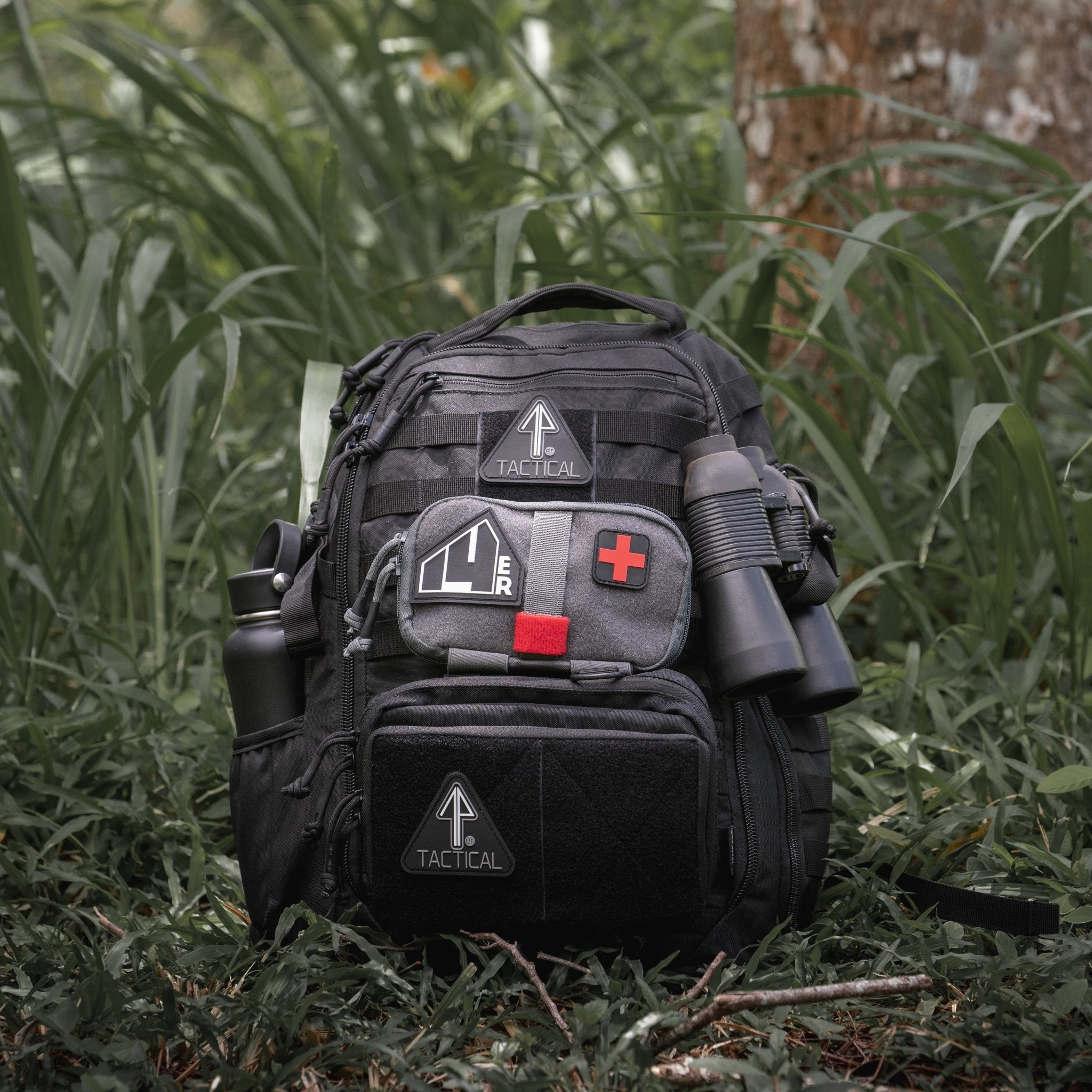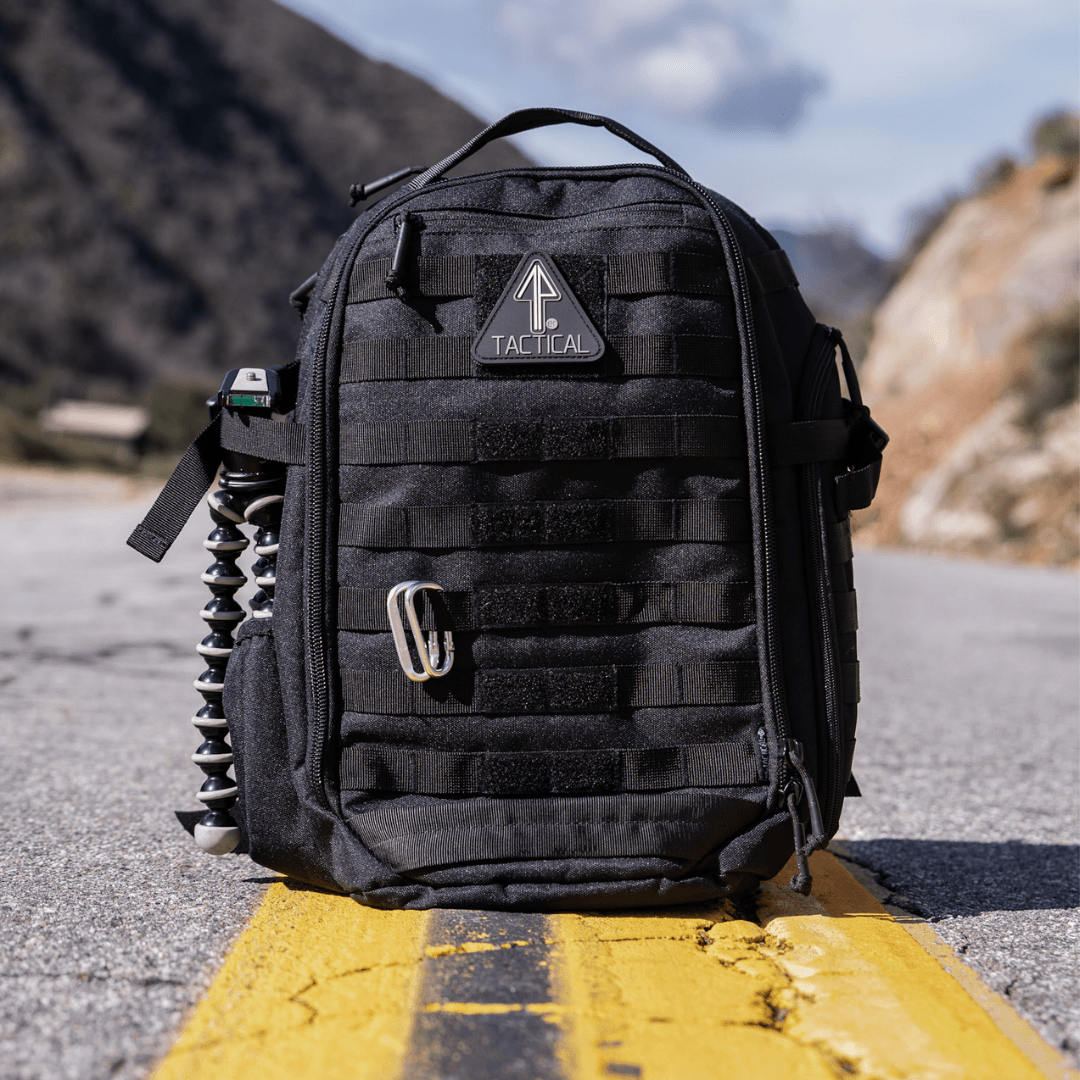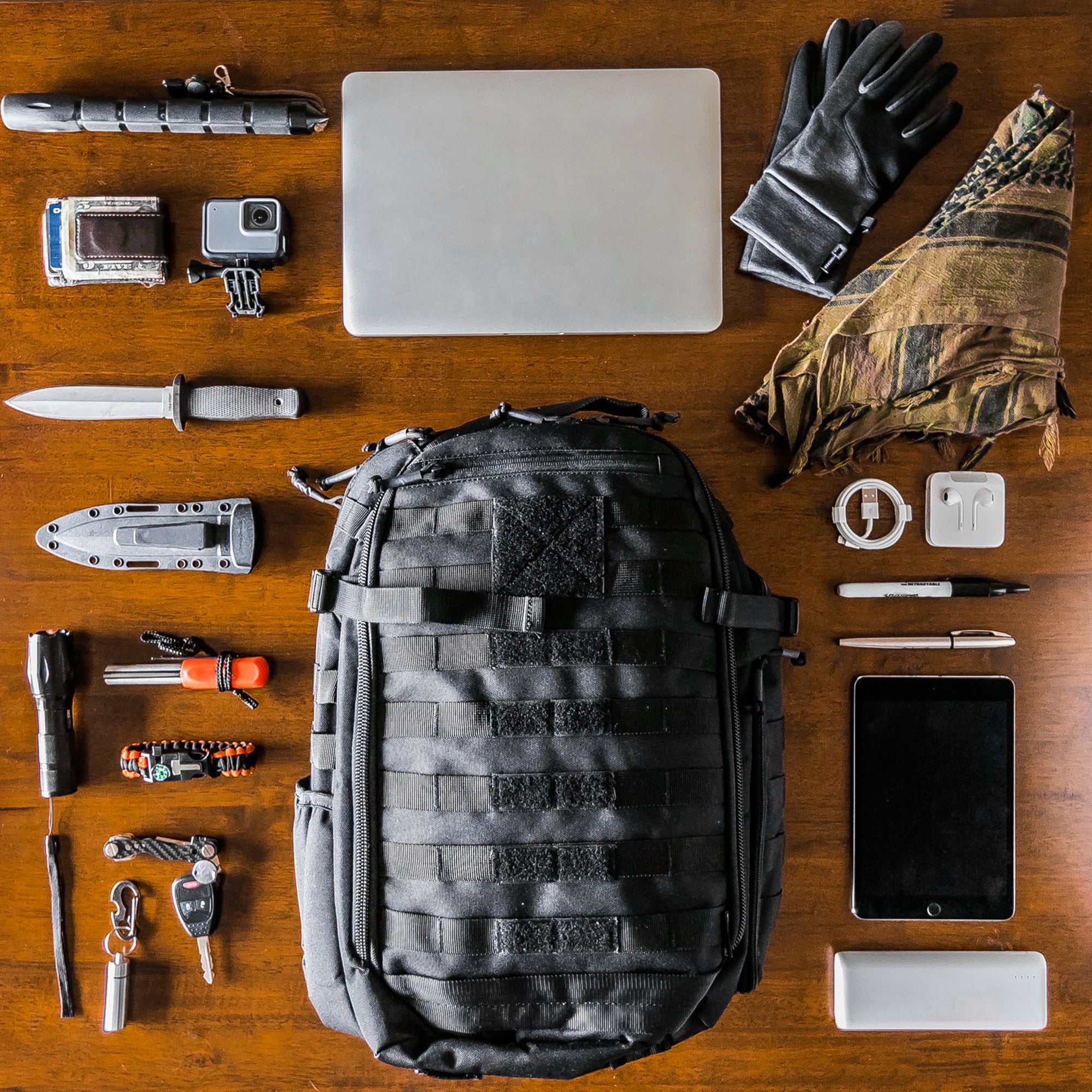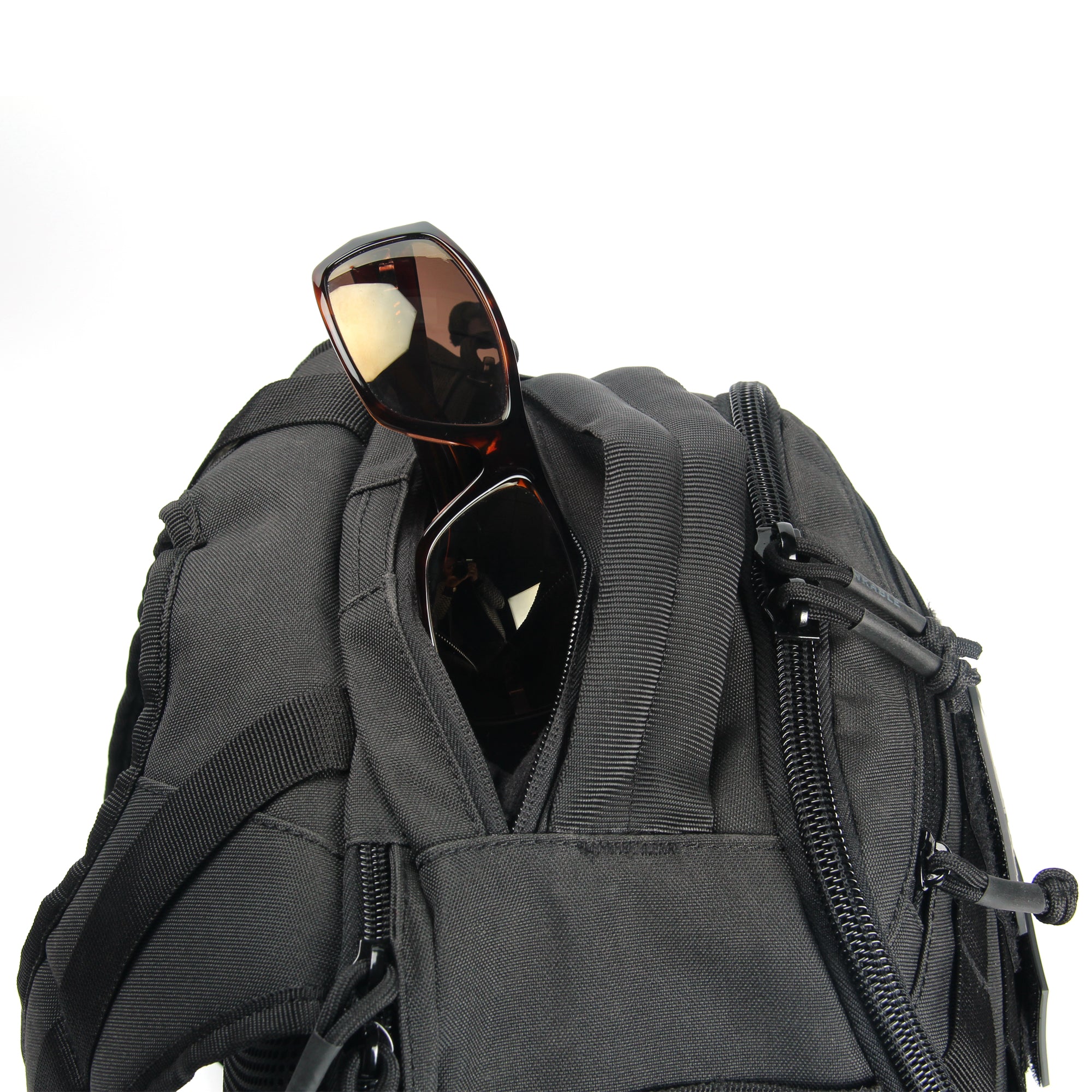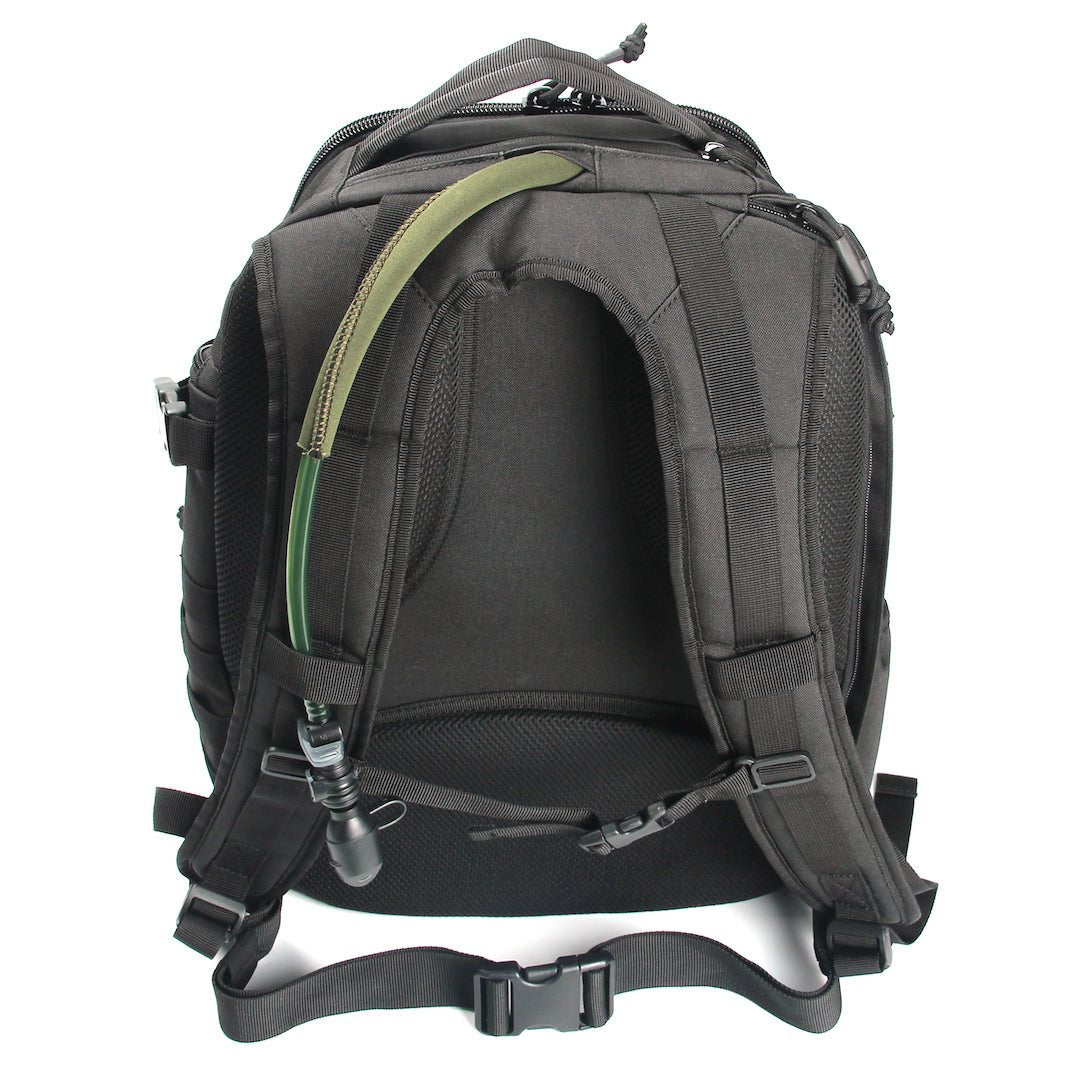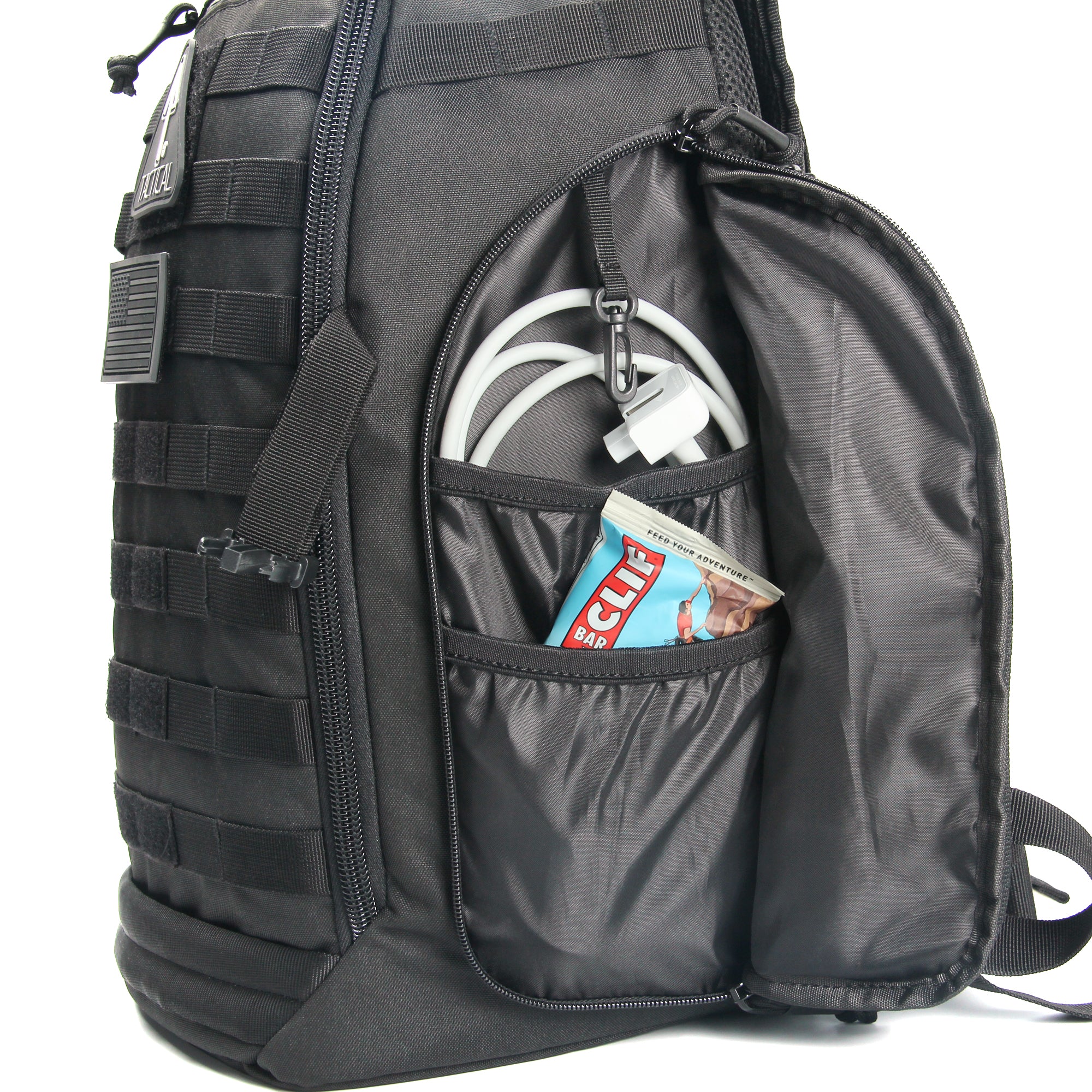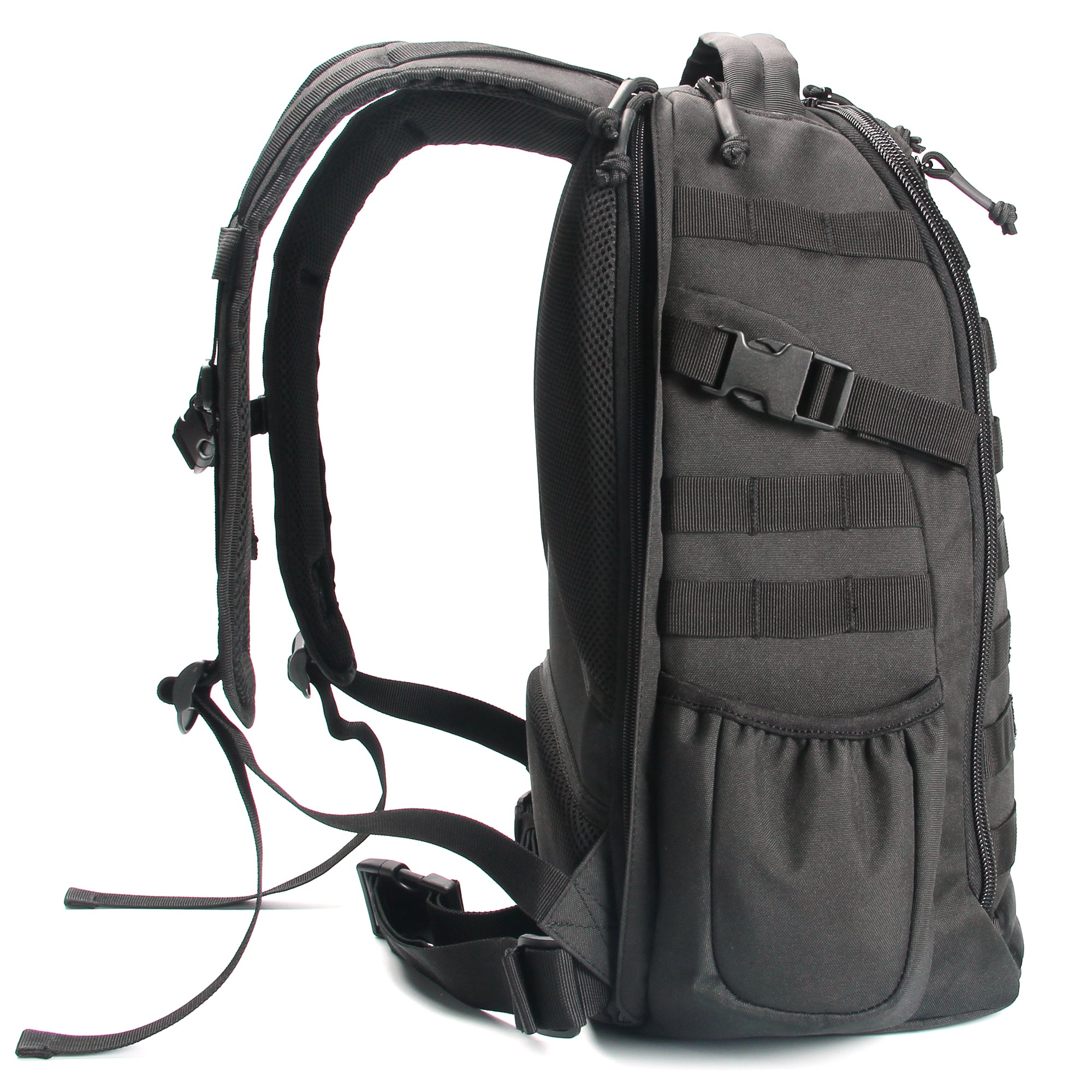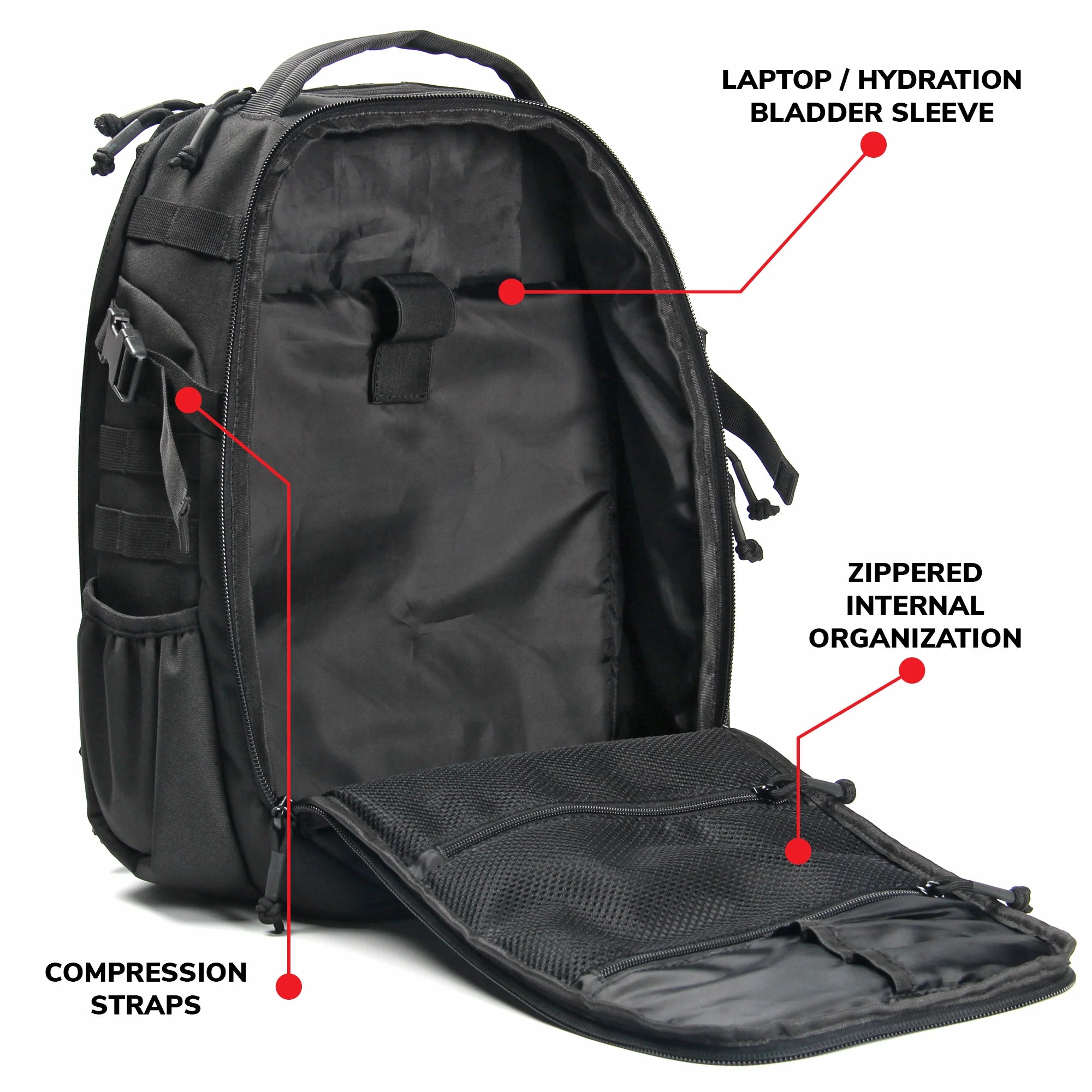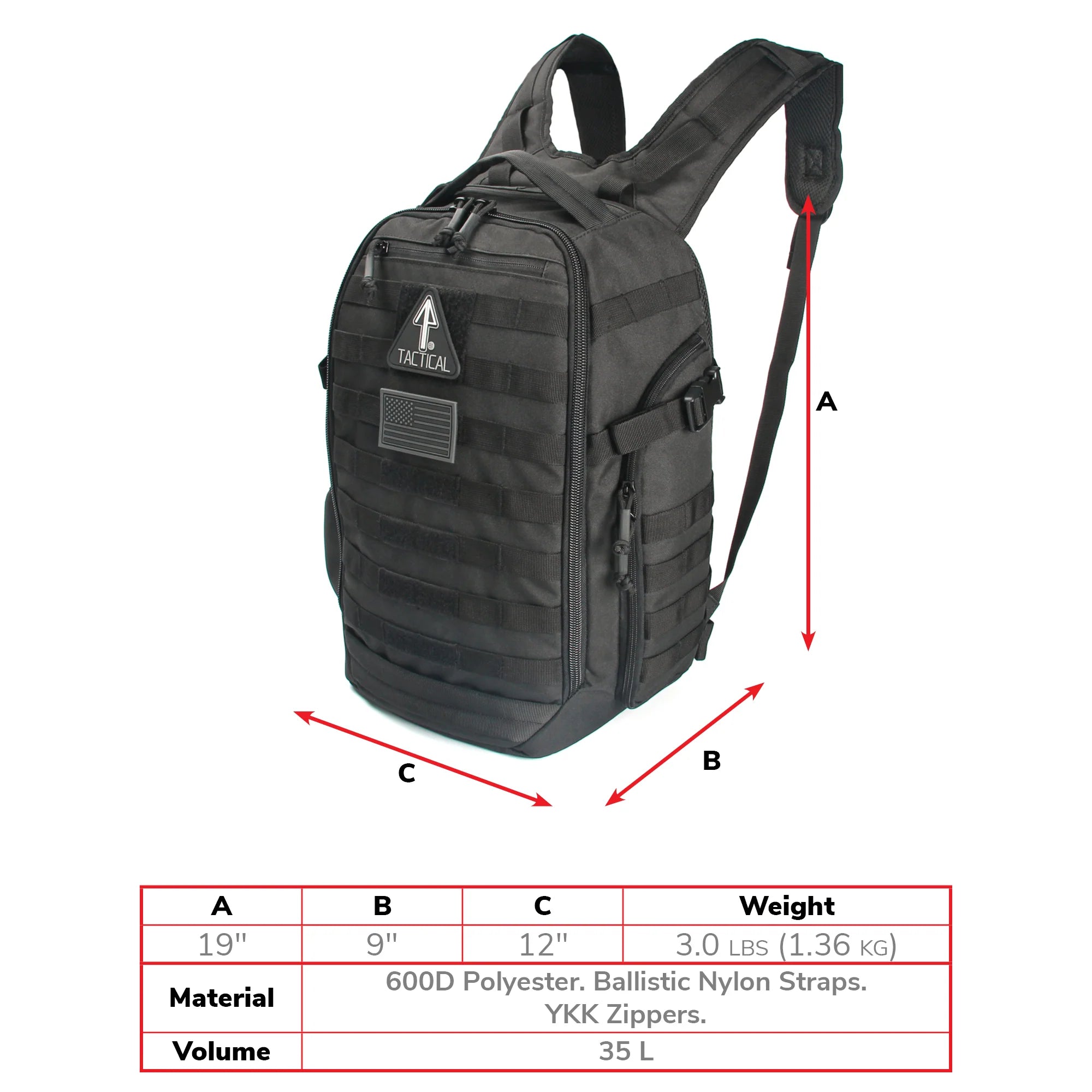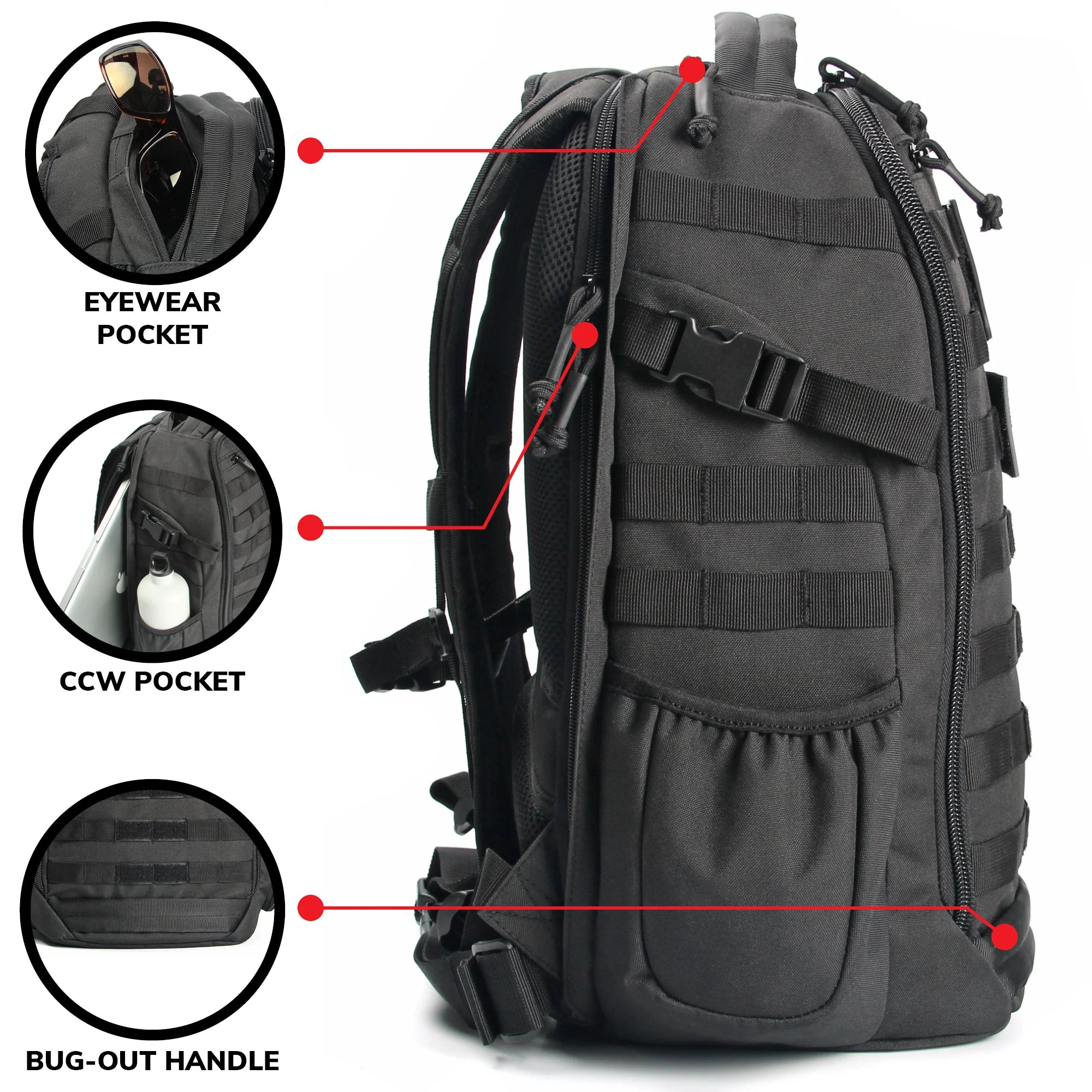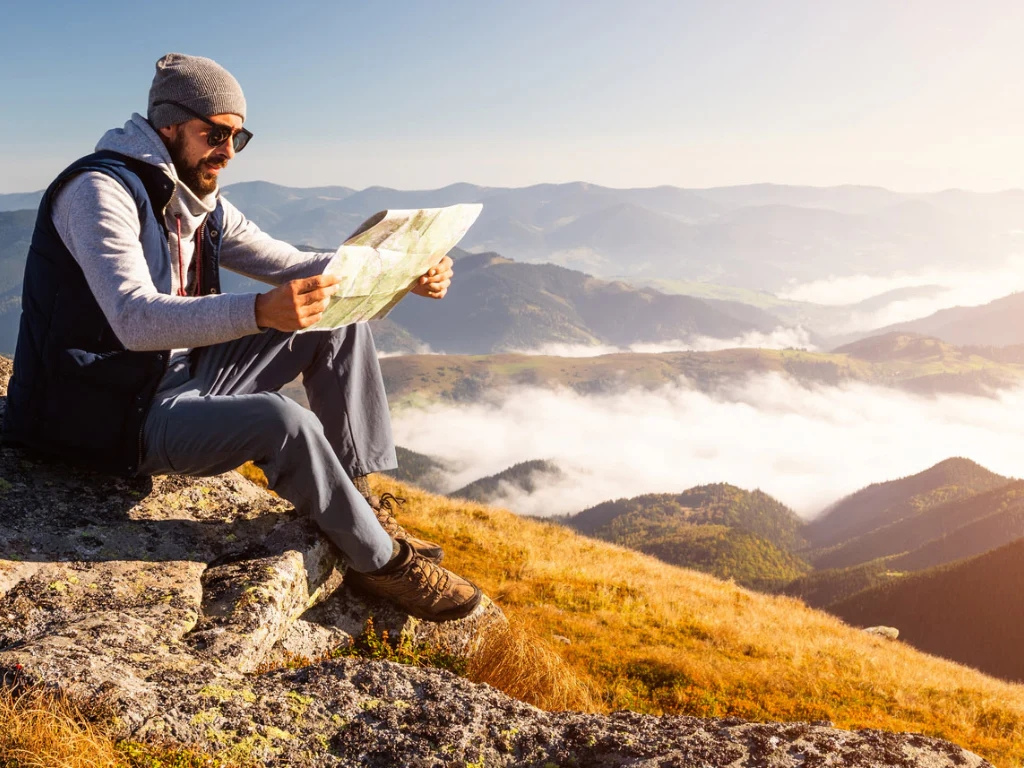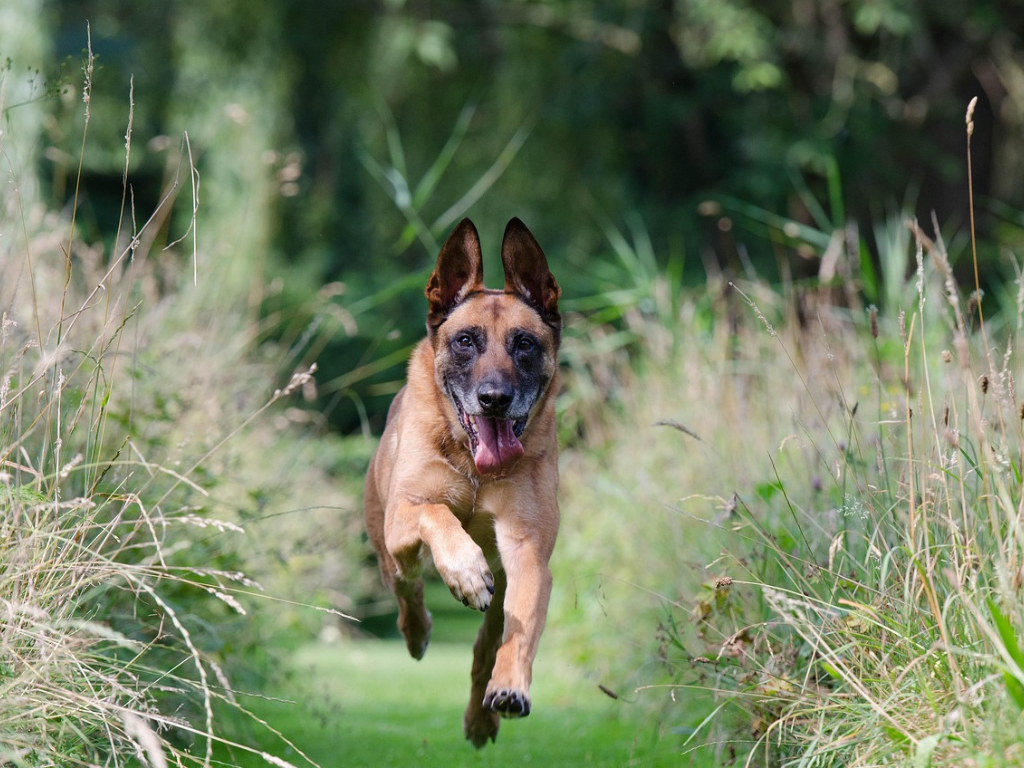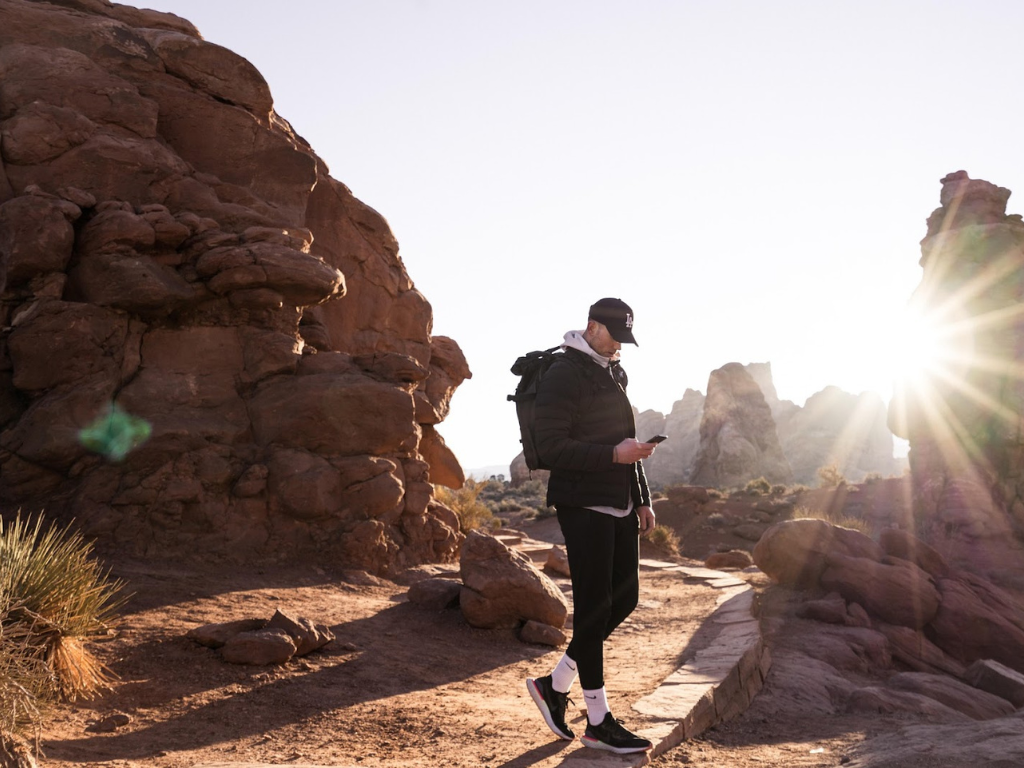
Every hiker has two paths to consider when forging ahead with the lifestyle. The first group of hikers is content with the outdoor adventure experience. For them, the time spent in natural surroundings, away from the comfort and chaos of civilized life, provides all that they need in mountain hiking.
The second group of hunters, however, seeks something more than that. They thrive on challenges and they want to keep challenging themselves. As much as they may love the outdoors, it’s the feeling of accomplishment from pushing toward their goals that compels them.
For this second group, one worthy accomplishment in hiking would be to climb a 14er. Are you seeking that sort of challenge? Have you put in the physical training for hiking? Then let’s discuss how you can choose your first 14er to climb.
Preparing for Your First 14er
A fourteener or 14er is a mountain peak that has an elevation of 14,000 ft or higher. These peaks soar to heights where you will find more challenging conditions compared to less elevated mountains. Climbing a 14er will expose you to low oxygen atmospheres where you face some risk of getting altitude sickness.
Many 14ers should not be attempted by a fairly inexperienced mountaineer. But if you have some mountain hiking experience, you could take on one of the “beginner” 14ers. These mountains do pose some challenges, and make excellent “training grounds” for you to learn what you need to know about 14er climbing. That will prepare you for a more serious adventure on a more advanced 14er climb in the future.
This beginner’s guide to 14ers will help you get ready to face the challenge! And think of your first 14er as a training experience. It’s something you have to do to improve your skills and go on to even greater challenges.

Physical Training for Hiking
Before you plan your first 14er climb, you need to do a tactical assessment of your own capabilities. Do you have the right level of physical fitness for the challenge? How much experience do you have with mountain hiking? Do you have the kind of gear that you’ll need?
Physical fitness for 14er climbing demands a high-functioning cardiovascular system. You’ll want a strong heart and lungs to better handle the rigors of the climb and the low oxygen atmosphere. To build up cardiovascular fitness, get plenty of aerobic exercise. You should also work on your endurance. Go hiking regularly. Maybe you should even try rucking.
Hiking gear is also important. You’ll want a good backpack and an IFAK pouch (to expedite the deployment of your first aid supplies). We recommend a tactical backpack—for tactical gear is a lot like outdoor adventuring gear, only even tougher.
Once you’ve done your assessment, and determined what you’ll need to do before the climb, you can start thinking about which peak to climb.
Criteria for Choosing Your First 14er
When deciding what 14er to climb, you should base your decision on several factors: elevation gain, technical difficulty, and seasonal timing.
Elevation gain is the measure of elevation from the trailhead to the end point of the climb. This amount may or may not differ from the elevation of the highest point of the peak itself. Elevation gain tells you how many feet you will actually be ascending. For it is not always possible to climb to the highest point of the peak. A mountain can also have several different trails, each one with a different elevation gain.
Technical difficulty (also referred to as “grade”) tells you what level of challenge to expect. There are a number of different systems for rating technical difficulty. We’ll first discuss the National Climbing Classification System (NCCS), which considers many factors in determining difficulty, including length of climb, total ascent time, number of hard pitches, etc.
The NCCS grades are often called “commitment grades.” The higher the grade, the greater the commitment required of you to perform the climb.
Yosemite Decimal System (YDS) is another rating system, which defines climb difficulty in terms of physical difficulties encountered. In YDS, a Class 1 route can be completed by normal hiking. Class 2 requires some level of scrambling, which means you must use both hands and feet to climb. Class 3 requires scrambling at a greater difficulty (basically like “easy” rock climbing). Class 4 requires scrambling on precarious terrain (where a fall can mean death). Class 5 routes should not be attempted without a rope.
Seasonal timing and weather should also be taken into account. When do you plan to do the ascent? Spring, summer and autumn are generally seen as ideal for mountain hiking. Once you have set a date for your climb, be sure to study the weather forecast. You don’t want a bout of bad weather to trouble you on your first 14er climb and hamper a safe descent.
For Colorado 14ers, the ideal season begins around mid-July and lasts until mid-September—or sometimes as late as October.

Recommended 14ers: A Beginner’s Guide
Grays Peak (Colorado). A Class 1 peak with an elevation gain of 3,000 feet. Climbers will tell you that this is an easy route to do. The trail is gentle with no truly grueling stretches. If you’re looking for more of a challenge, Grays Peak might not be that interesting. It is pretty much a sure deal if you just want to bag that first 14er, though.
Torreys Peak (Colorado). A Class 2 peak with an elevation gain of 3,000 feet. Torreys is very close to Grays Peak—you can conquer both peaks on the same hiking trip, if you wish. This trail is most popular from late June to October. Another breeze of a climb, according to experienced trekkers.
Quandary Peak (Colorado). A Class 1 peak with an elevation gain of 3,450 feet. This is actually the most frequently climbed 14er in the State of Colorado. Another easy ascent, and this mountain is considered to be one of the least dangerous 14ers. An excellent choice if you want to be sure of a safe ascent and safe descent on your first 14er conquest.
Mount Elbert (Colorado). A Class 1 peak with an elevation gain of 4,700 feet. Mount Elbert is the tallest peak in Colorado. That said, it is not a difficult ascent, although it is a long climb that will take most of the day. Mount Elbert also offers spectacular views from the summit. You’ll be thrilled by the lovely sight of Turquoise Lake!
Mount Bierstadt (Colorado). A Class 2 peak with an elevation gain of 2,850 feet. Most climbers will say that Mount Bierstadt is the easiest 14er peak to climb in Colorado. For an additional challenge, you can cross the Sawtooth ridge to hike Mount Evans as well. The easy Mount Bierstadt route is an excellent choice if you’re hiking with family—including your kids.
More 14er Tactical Advice for Climbing
Don’t let the risk of altitude sickness prevent you from climbing your first 14er! Taking on a Class 1 or 2 peak will let you achieve your goal without overwhelming difficulty.
For more good advice on how to climb, what to pack and what gear to use, check out these articles on the 14er Tactical Resources blog:
- 14erTactical Guide to 14ers: The Ultimate Beginner’s Guide to Climbing a Fourteen-Thousand Foot Peak
- How to Pack a Tactical Backpack for Hiking: Essentials to include for all types of terrain
- First Aid Face-Off: IFAK Pouch versus the Standard First Aid Kit
- Finding the Right Tactical Backpack for You



